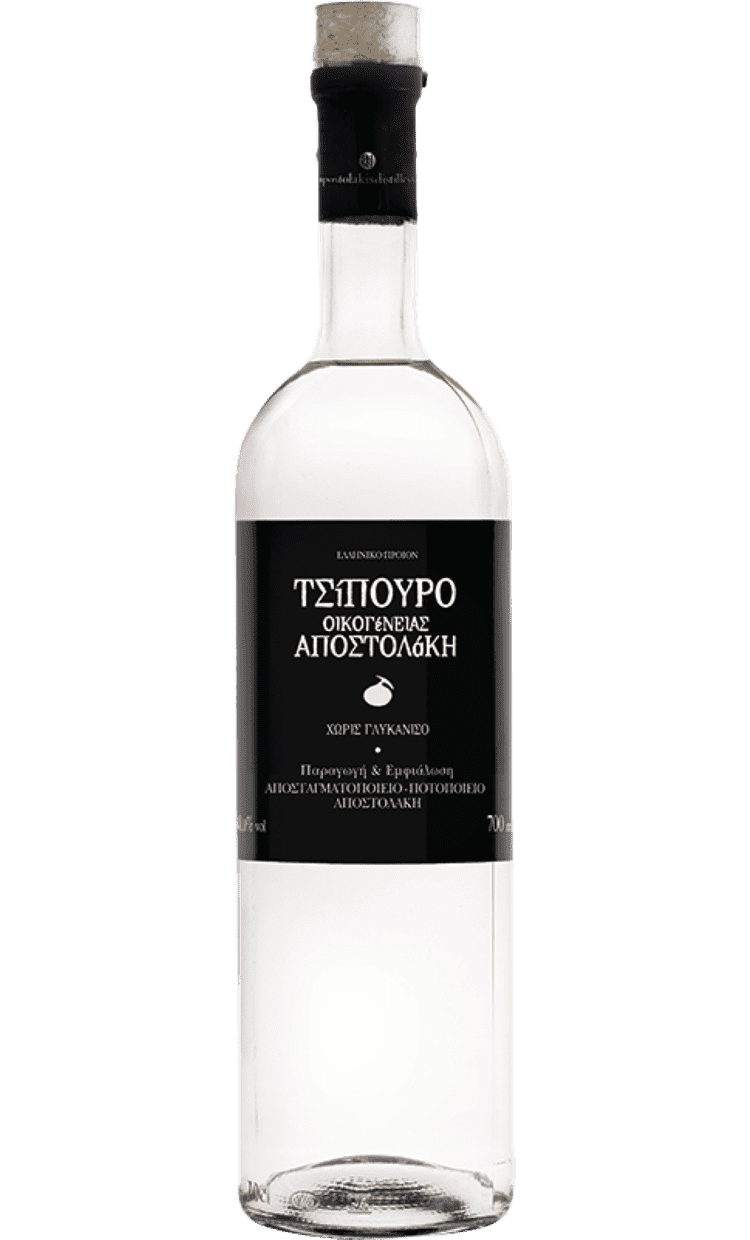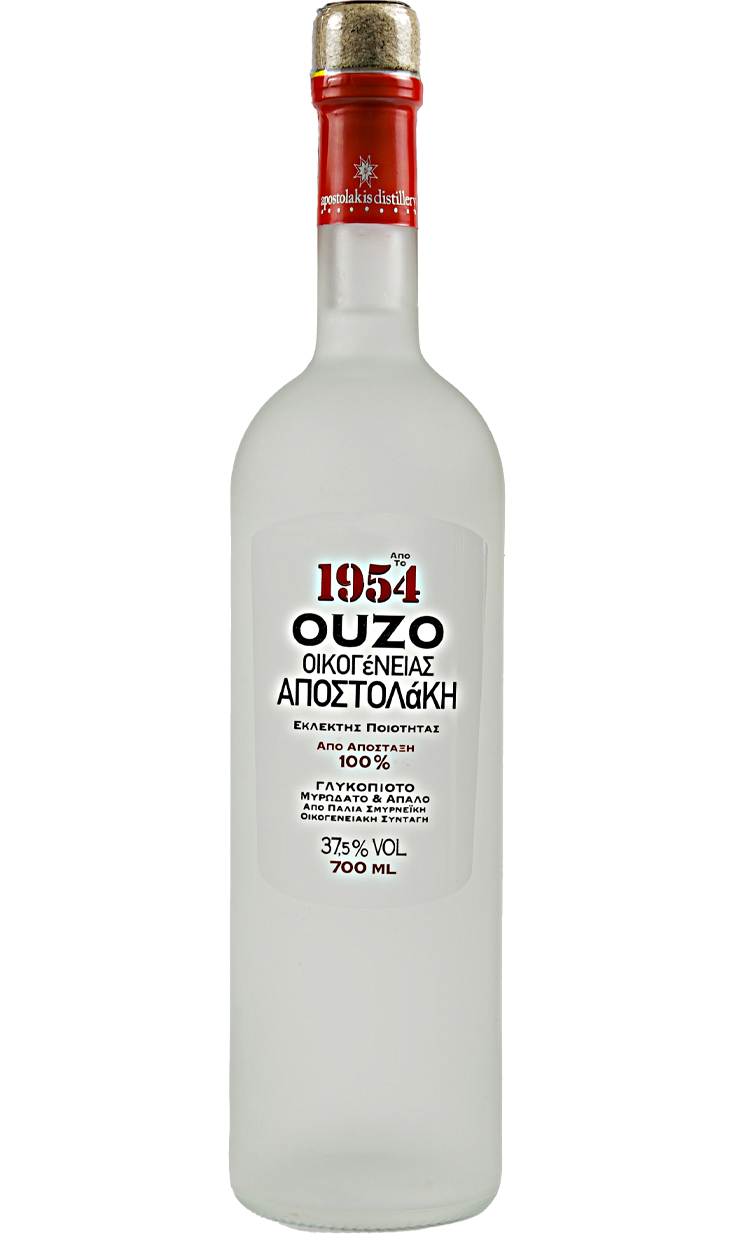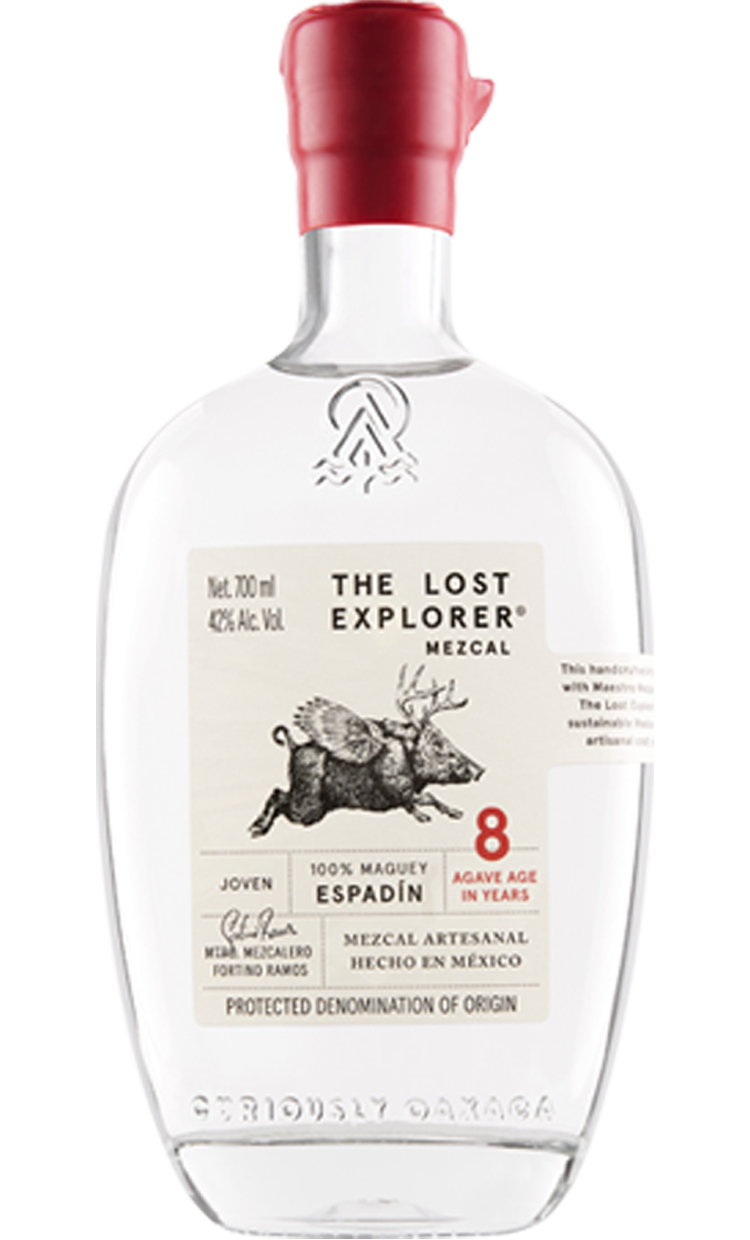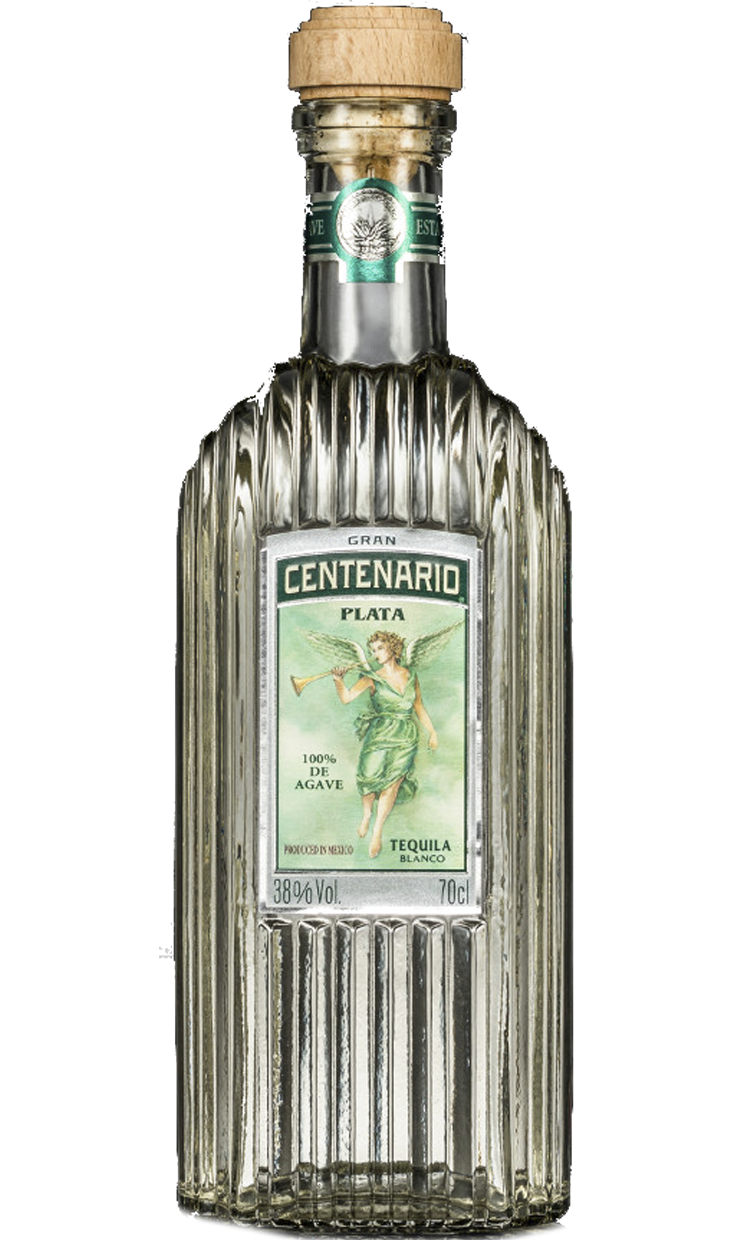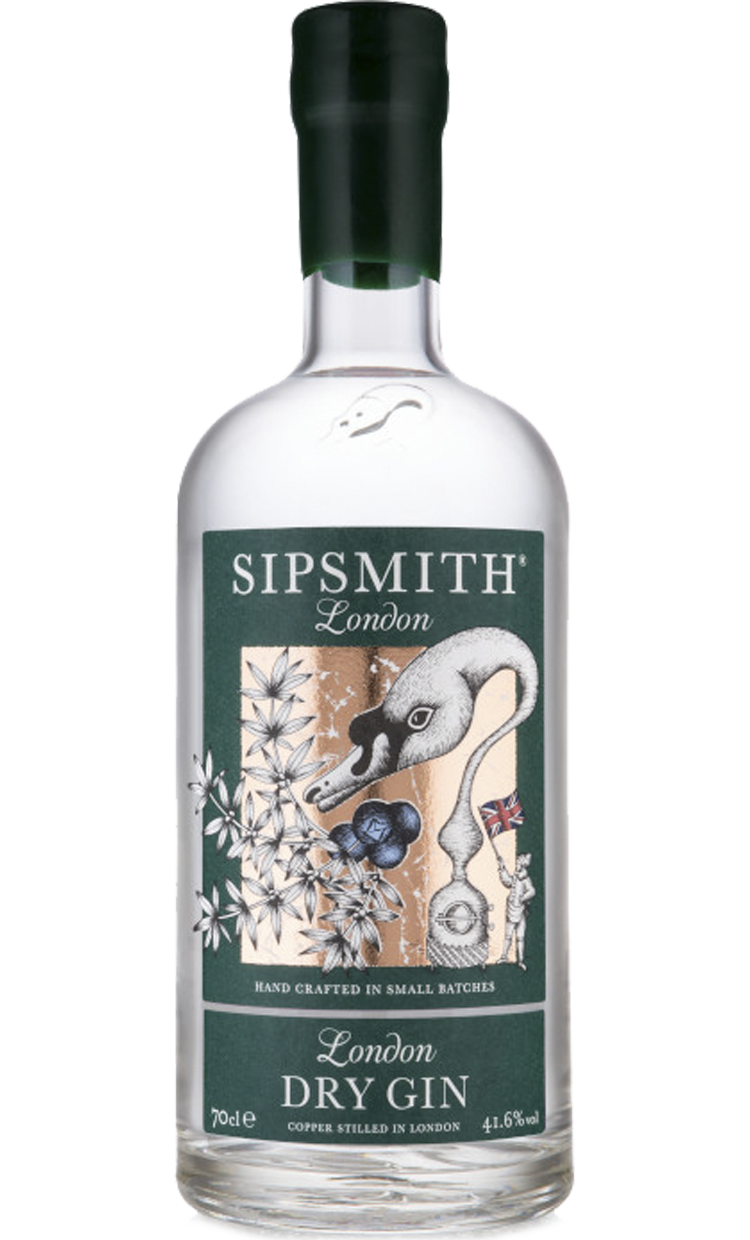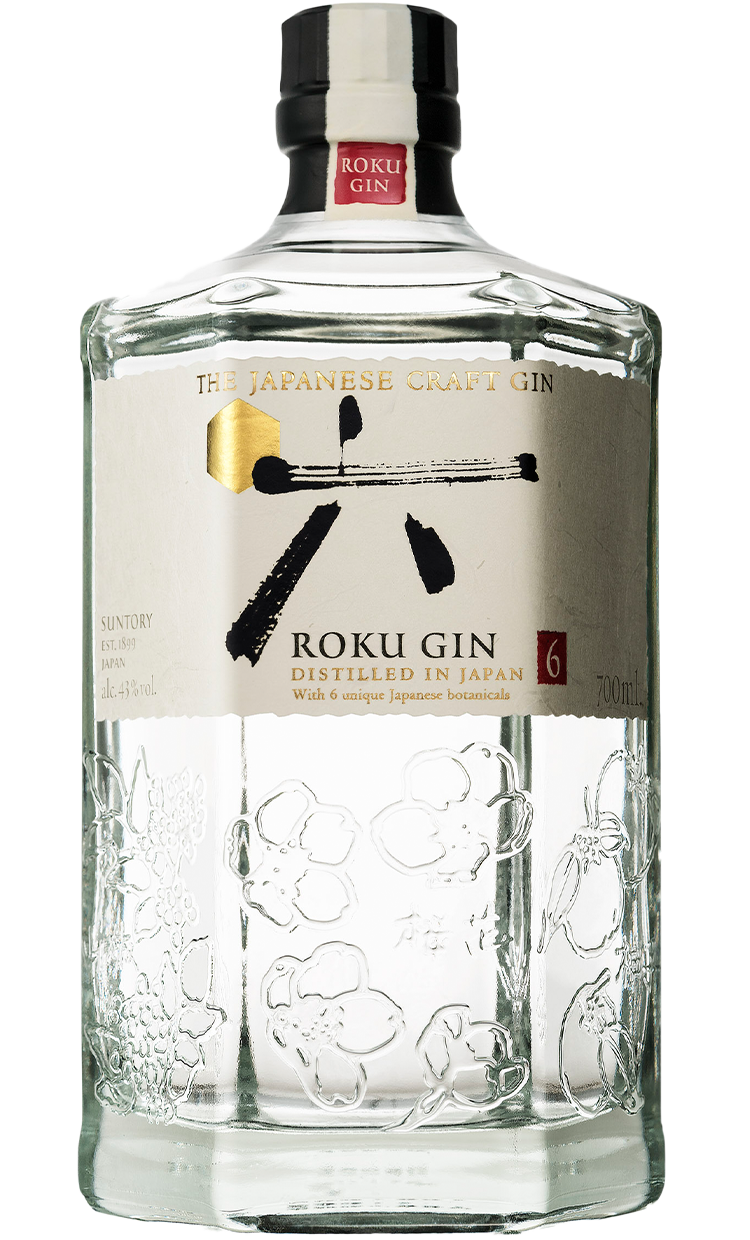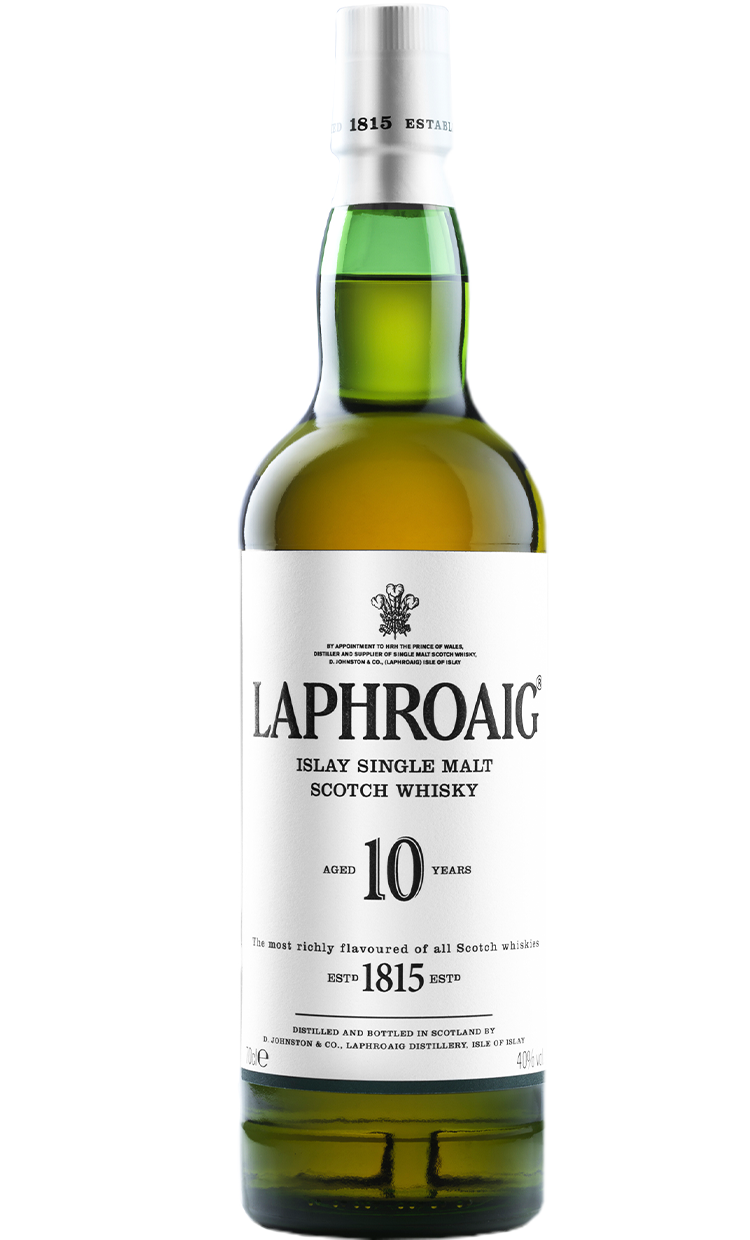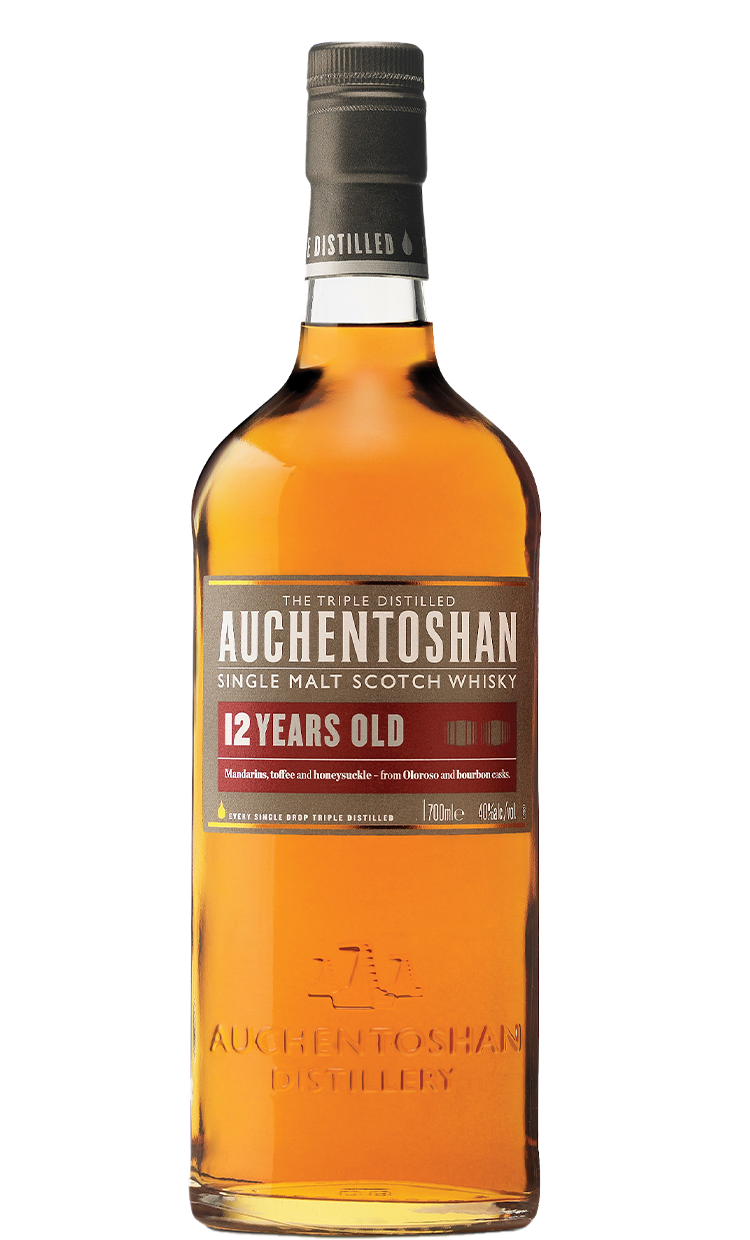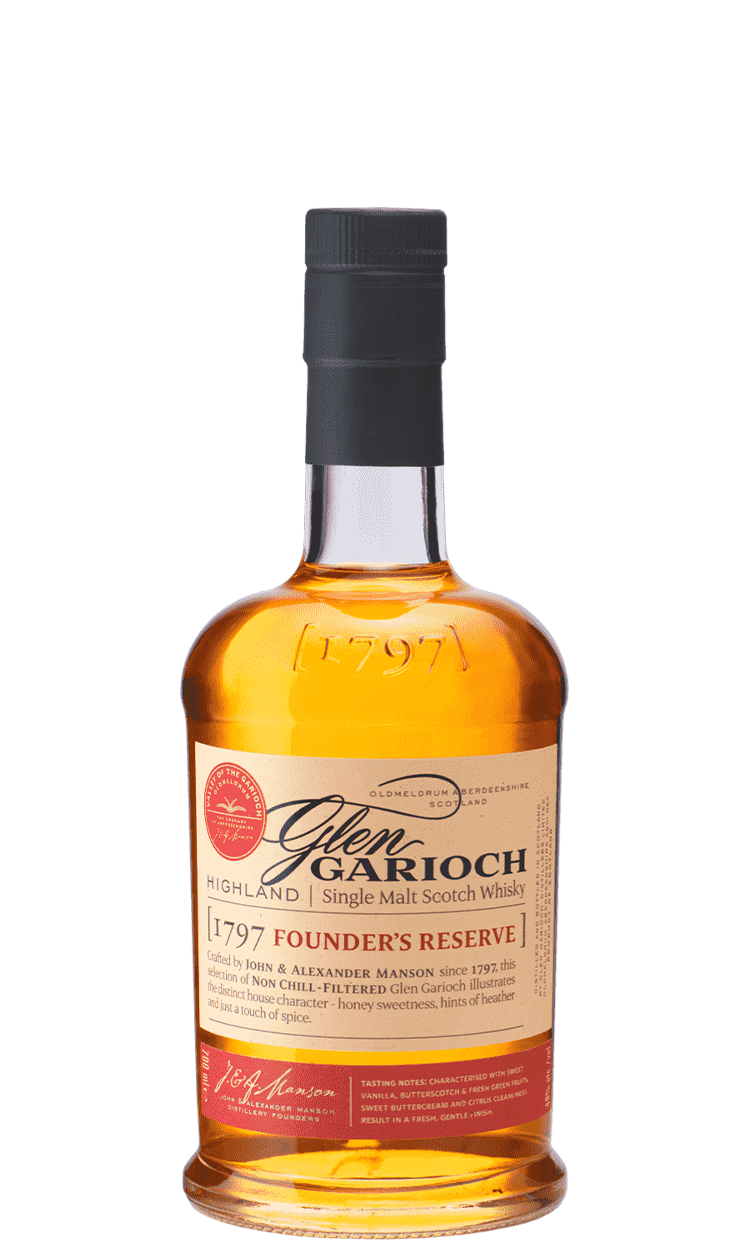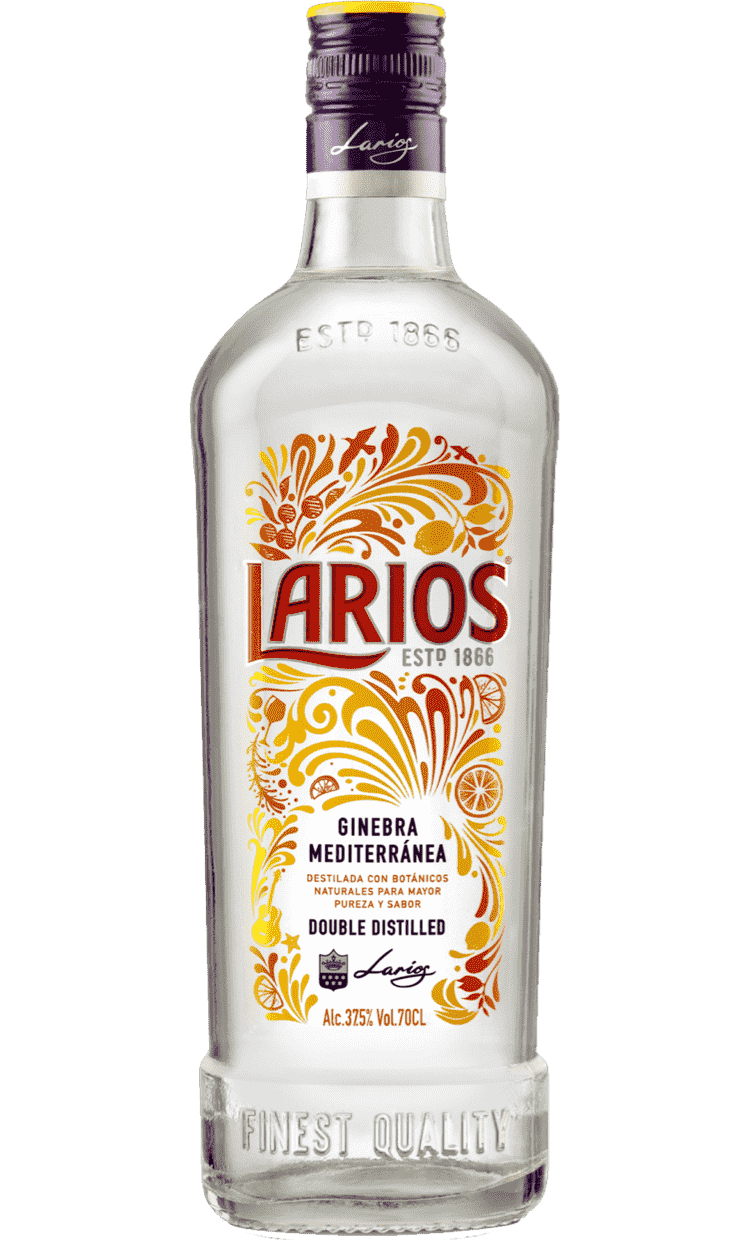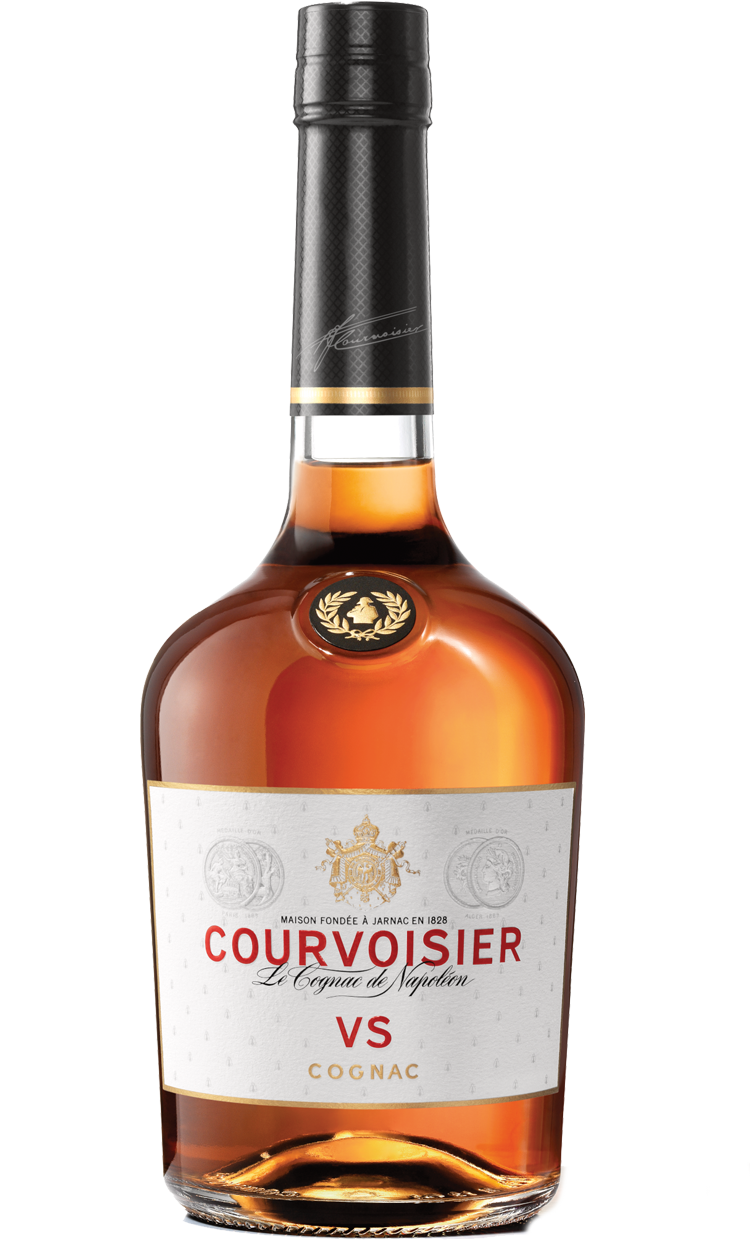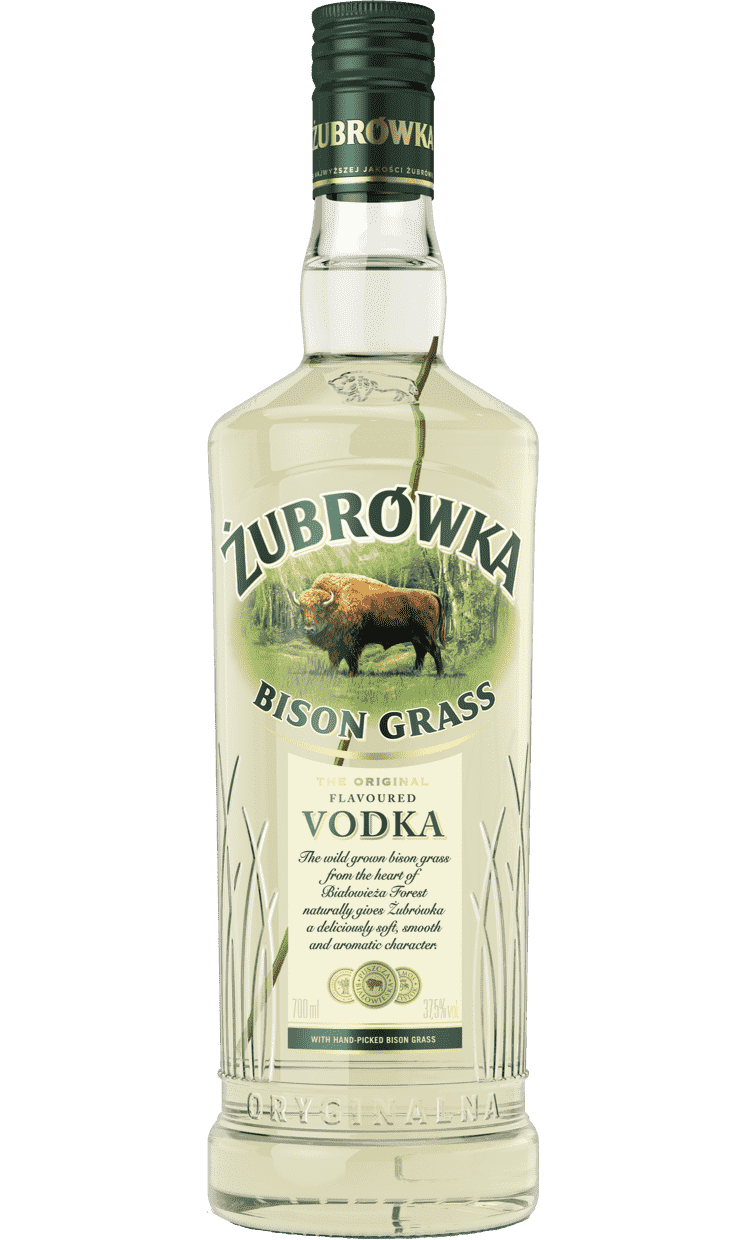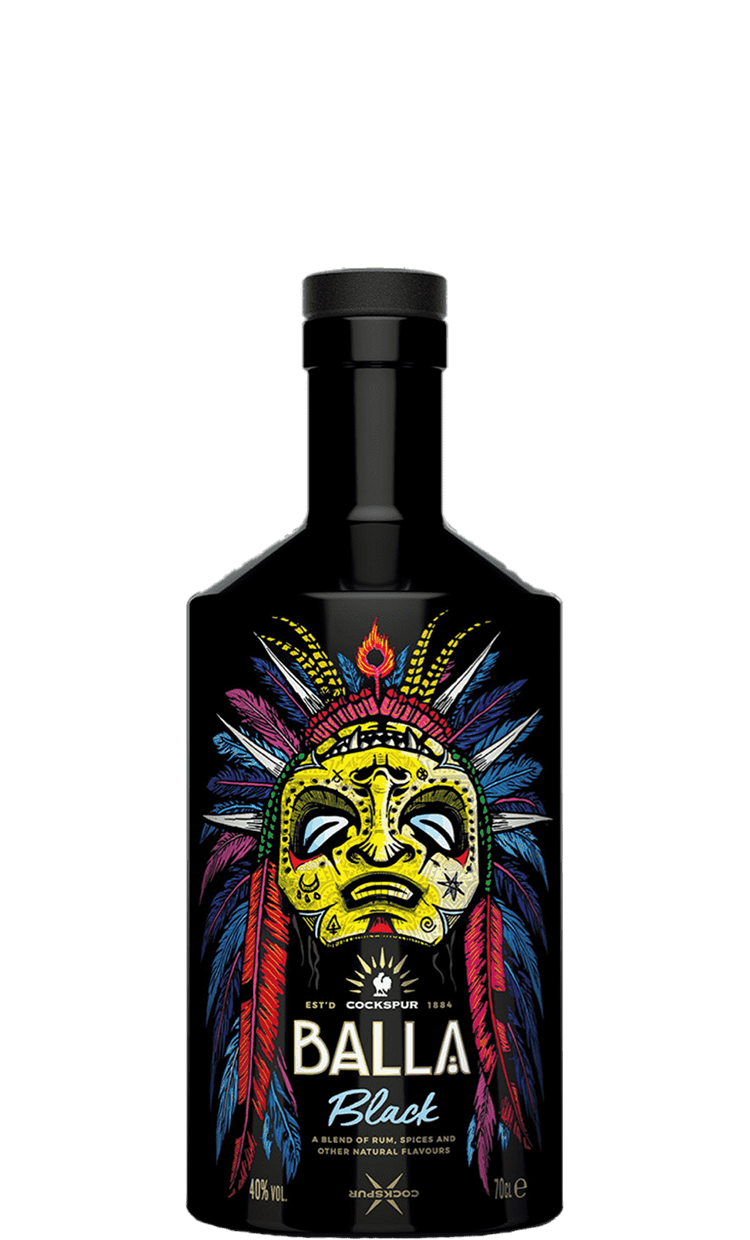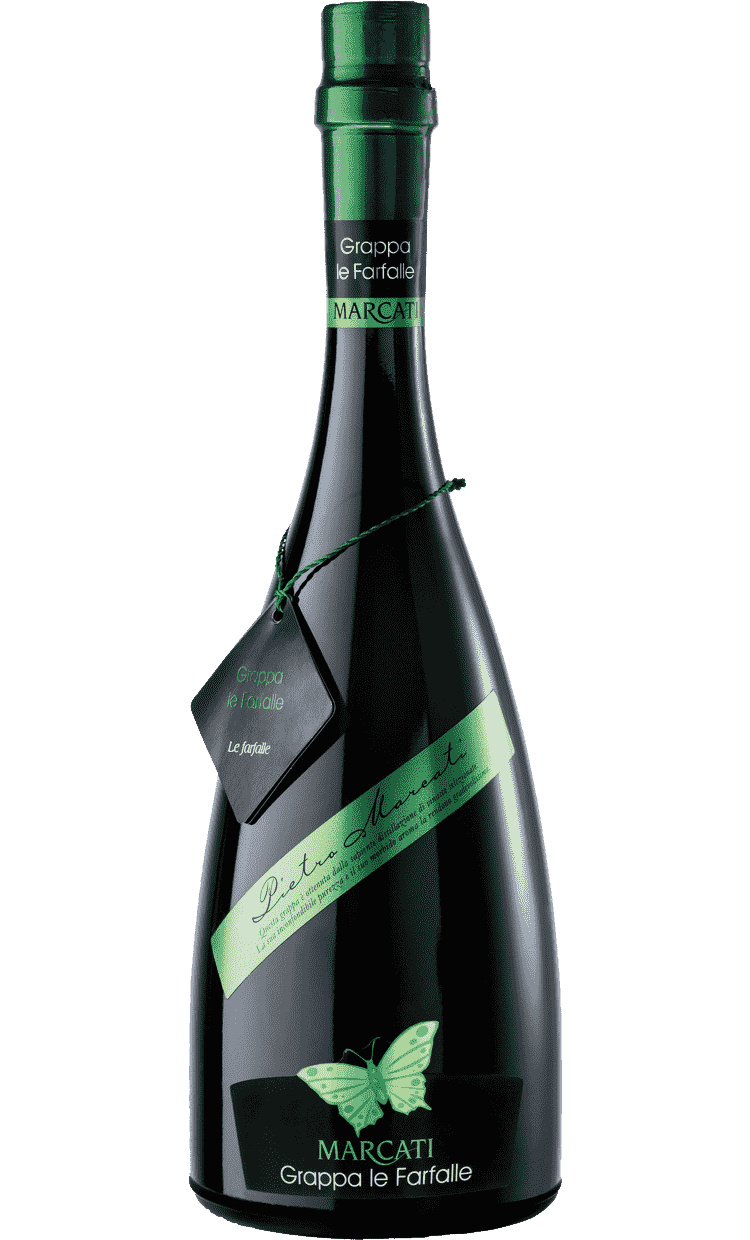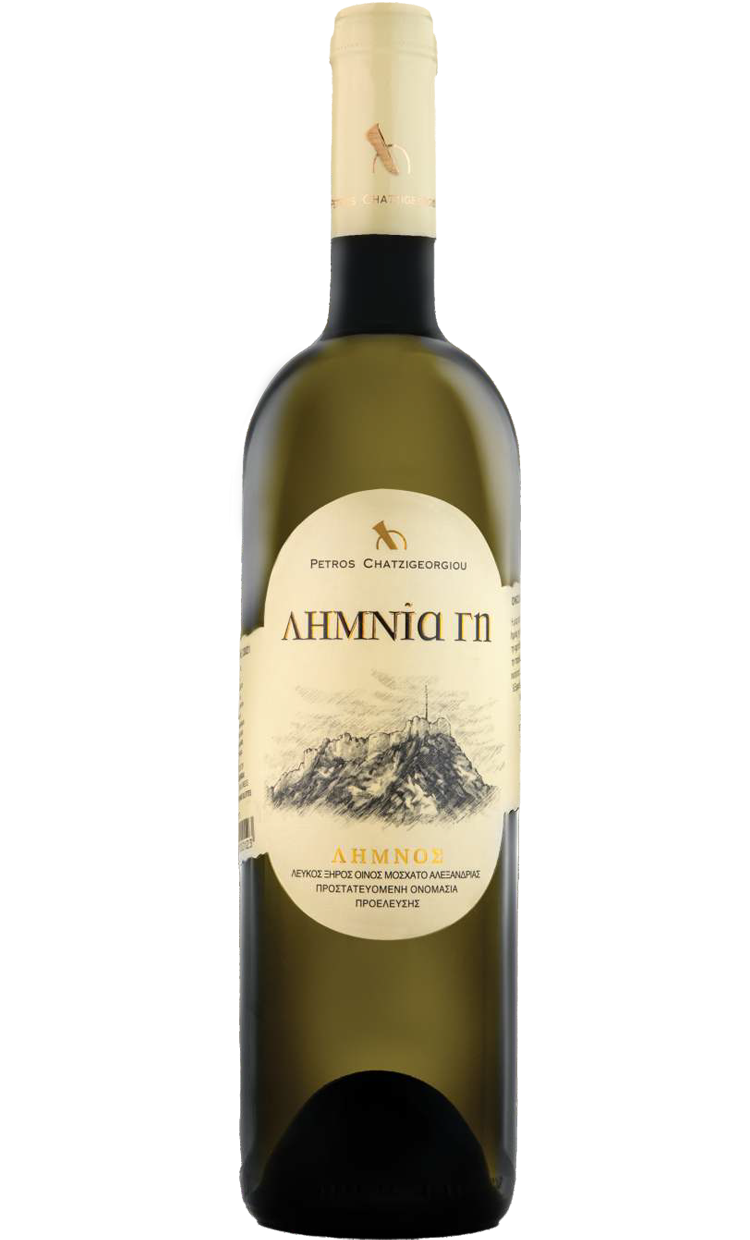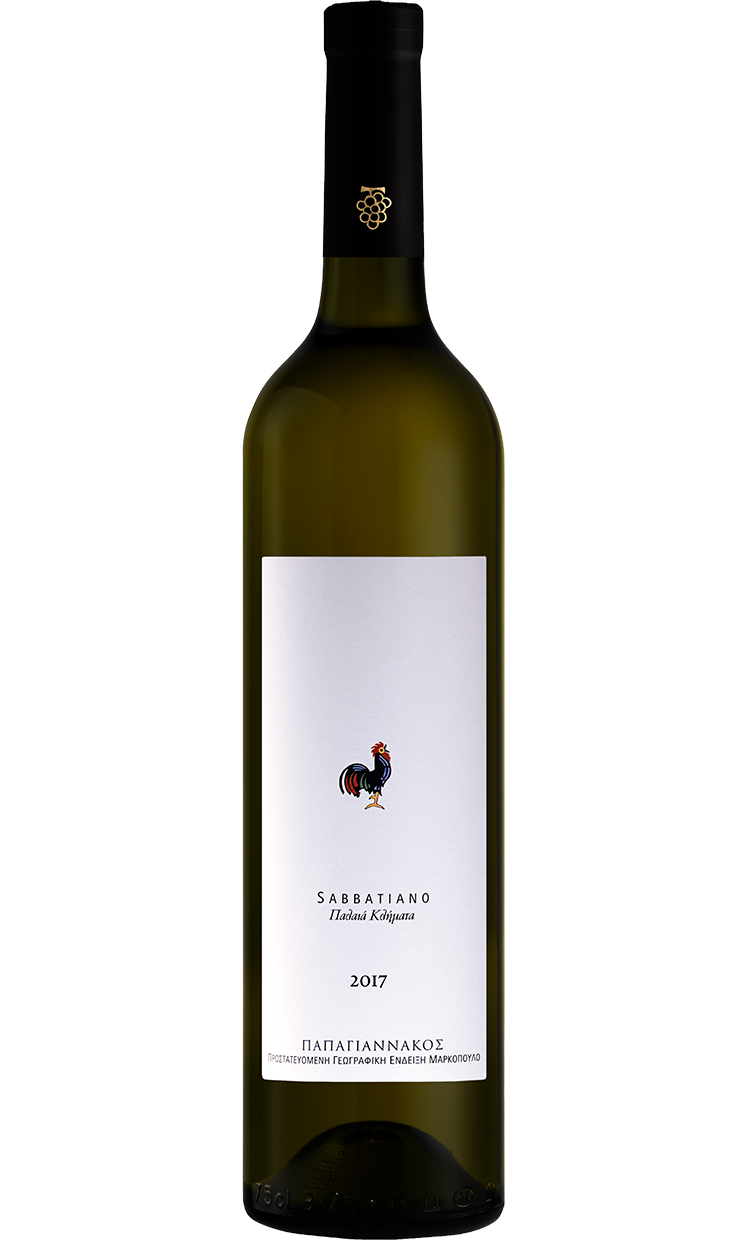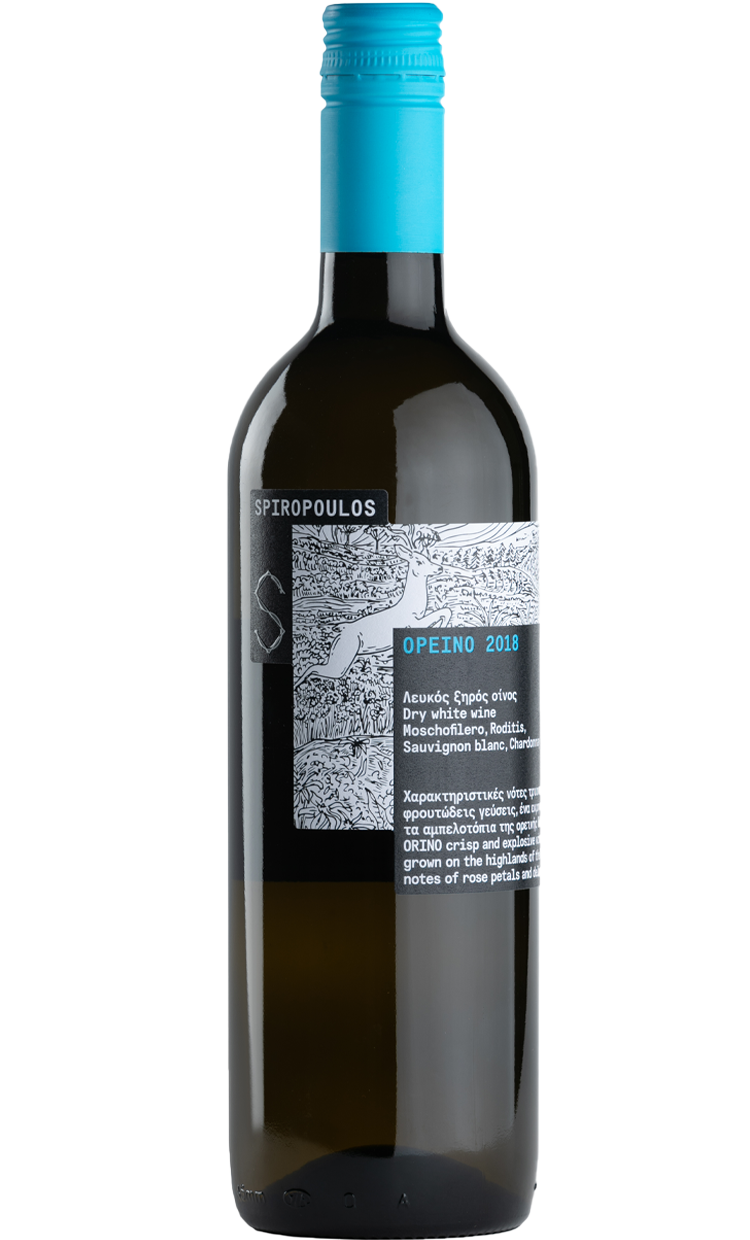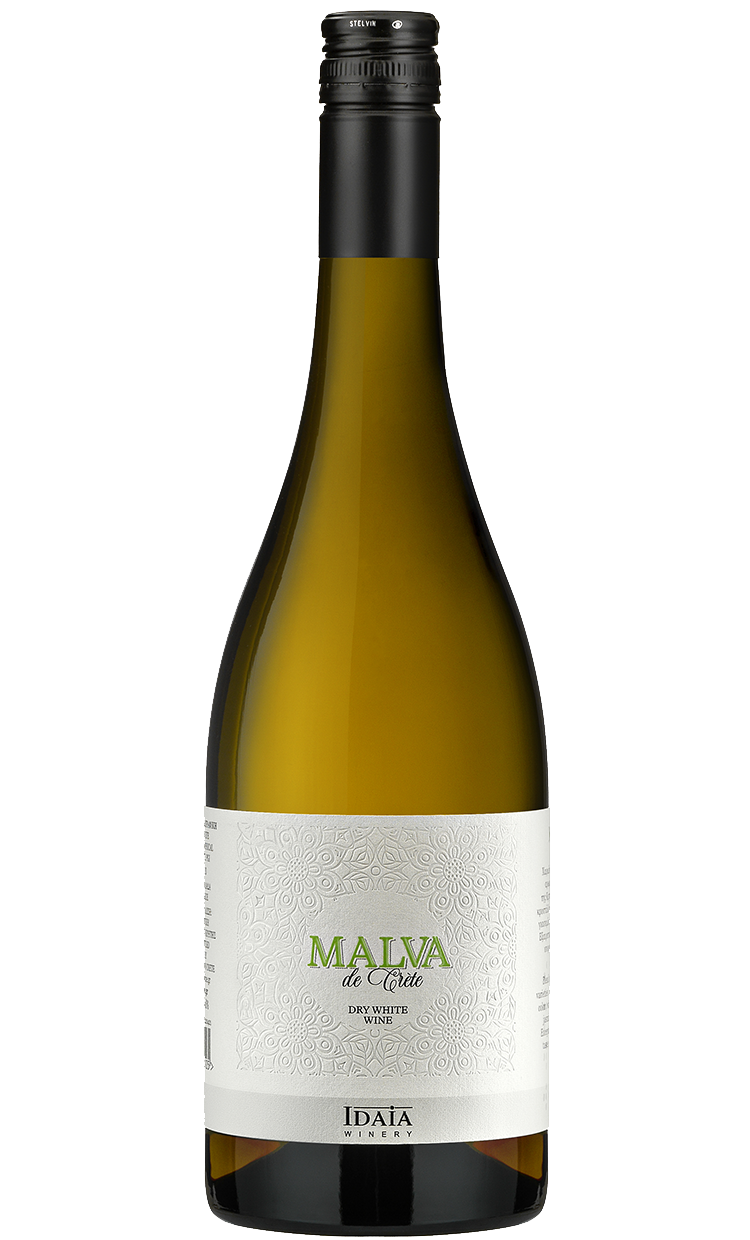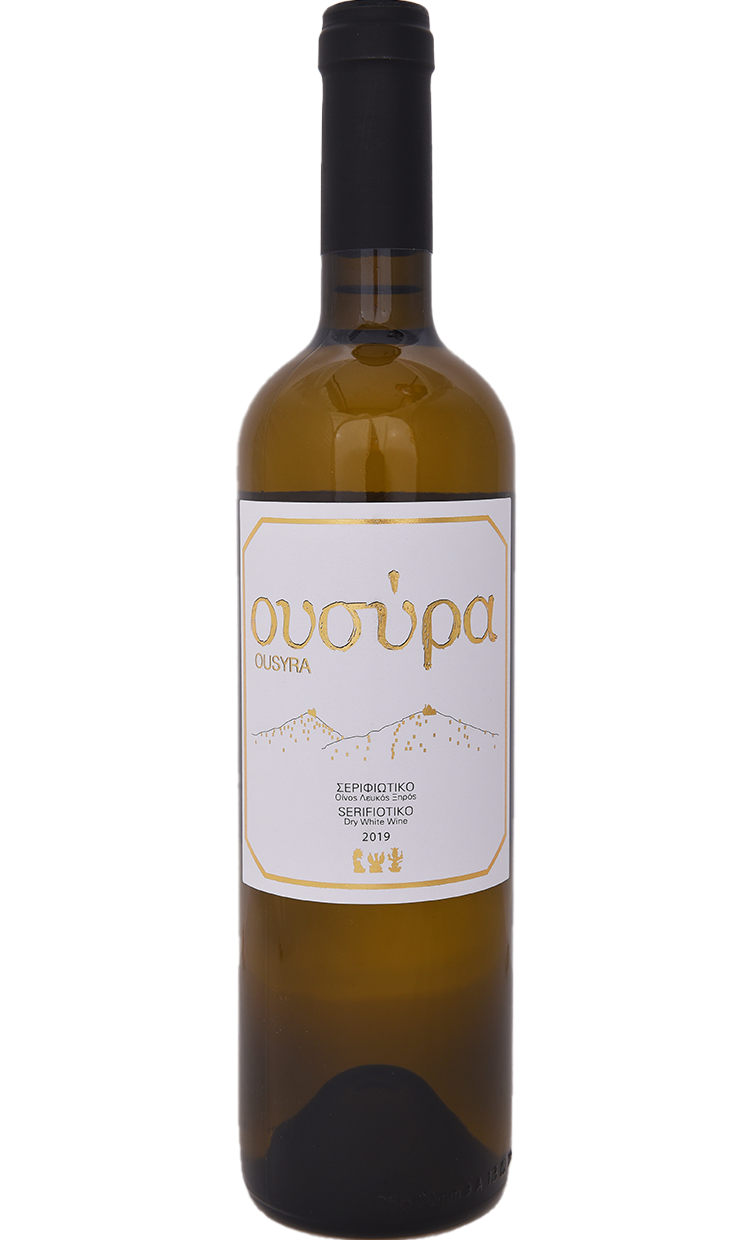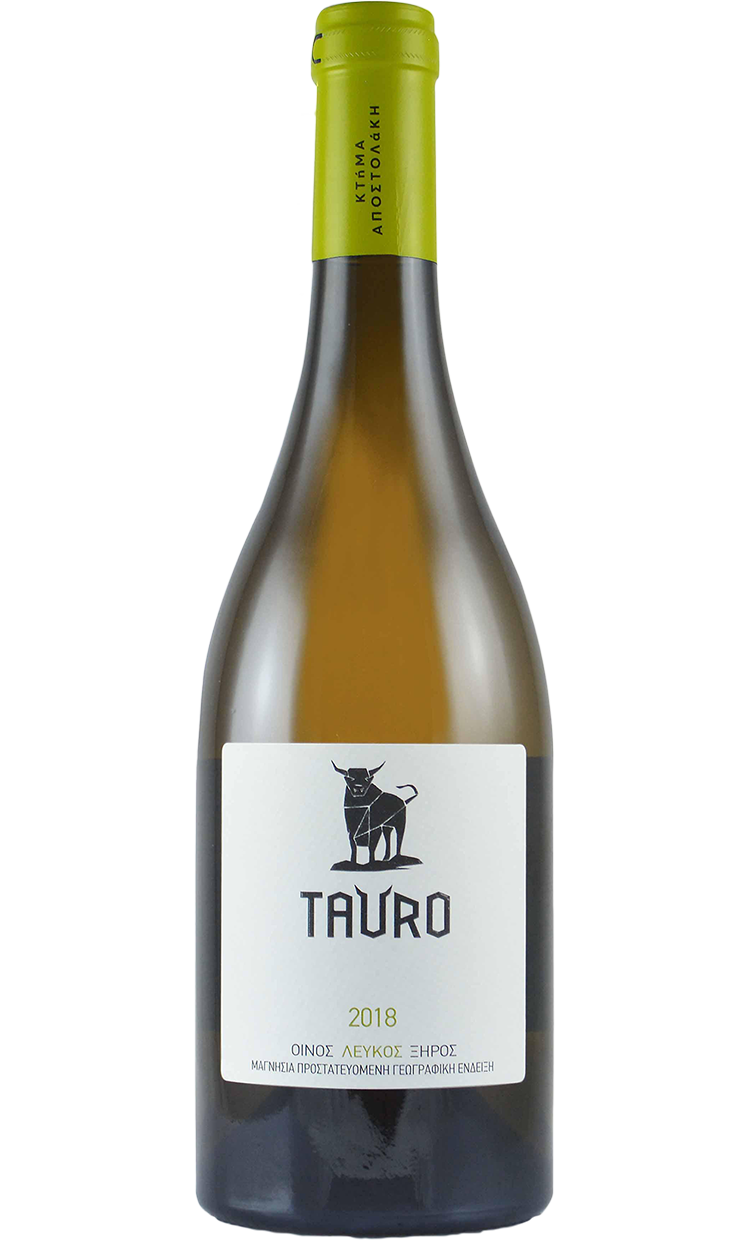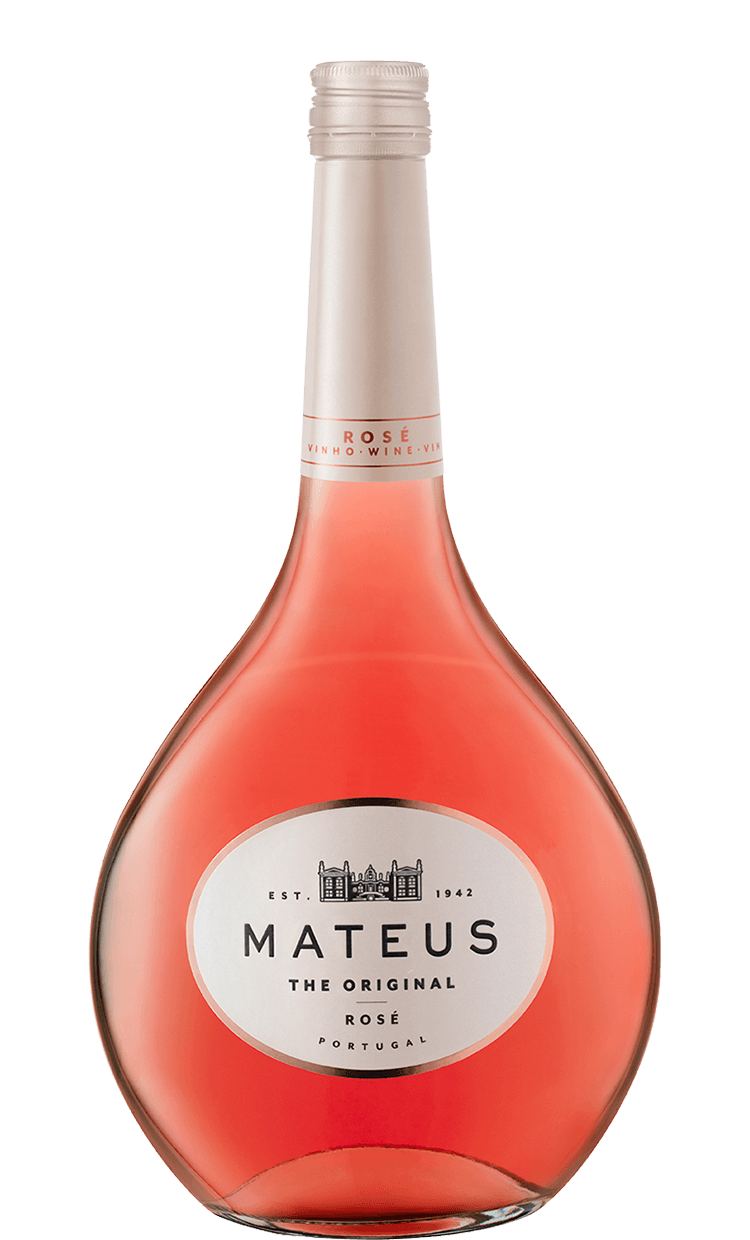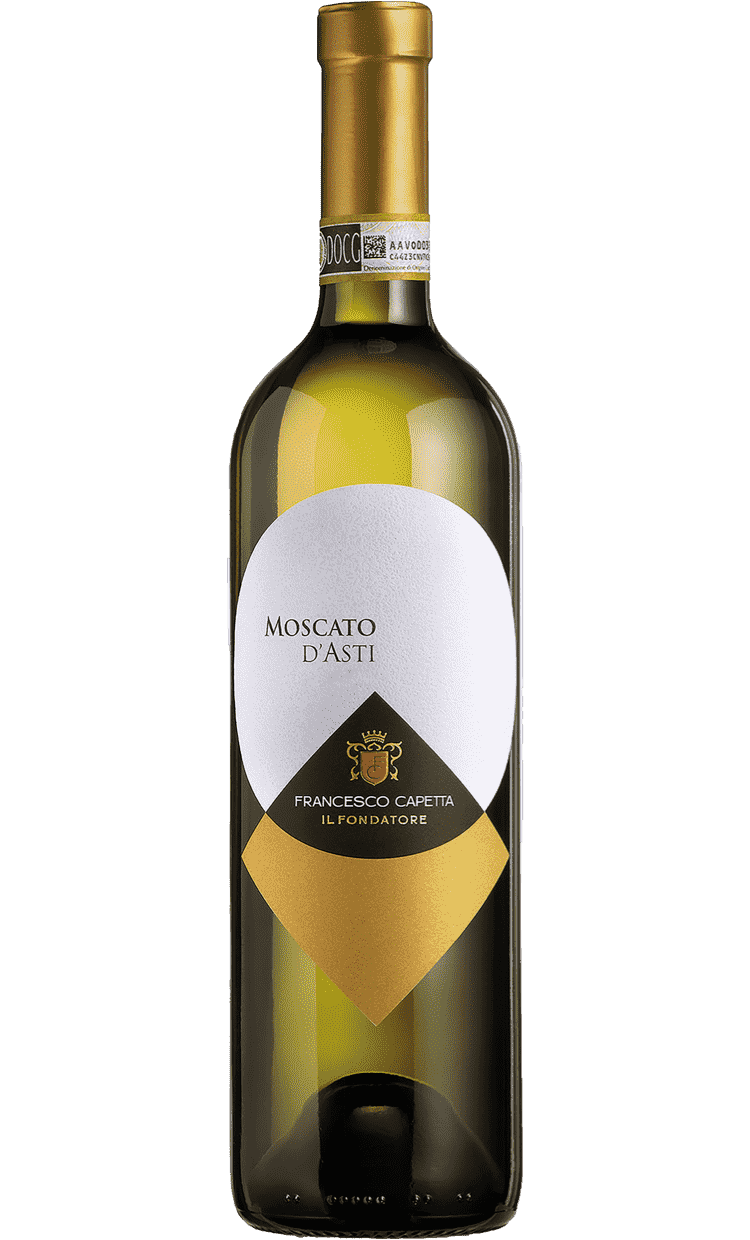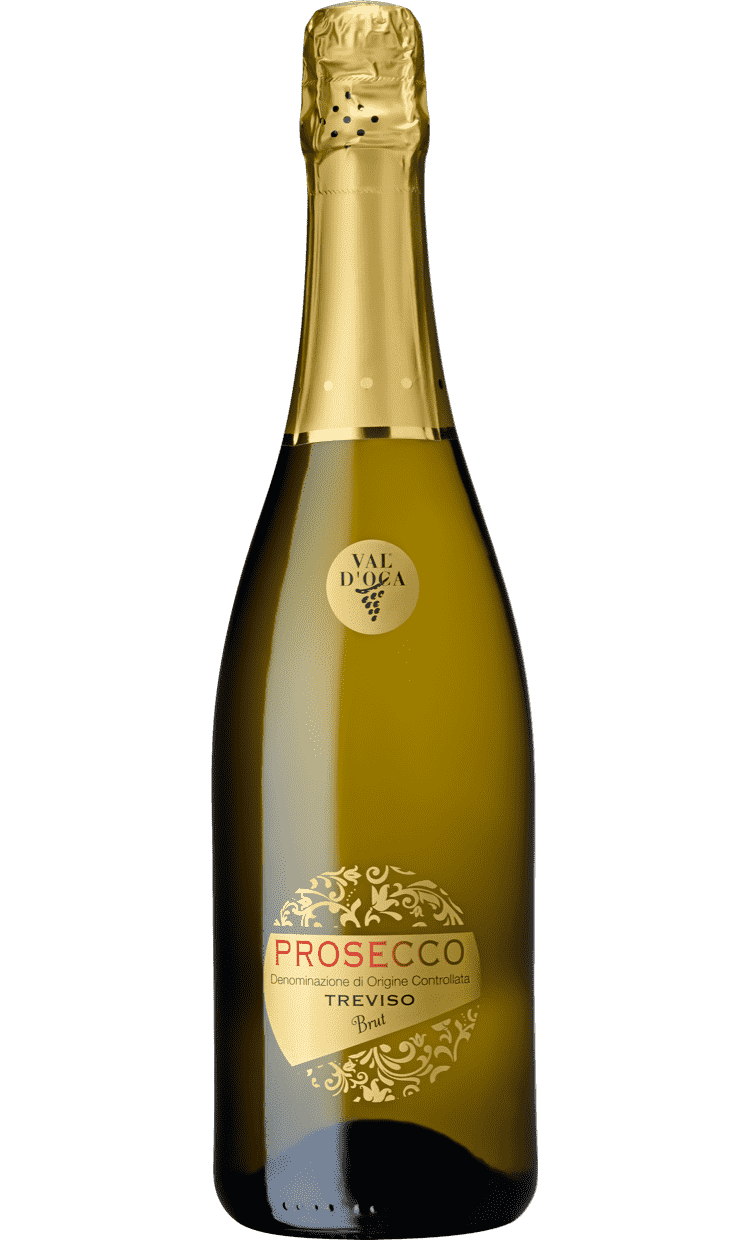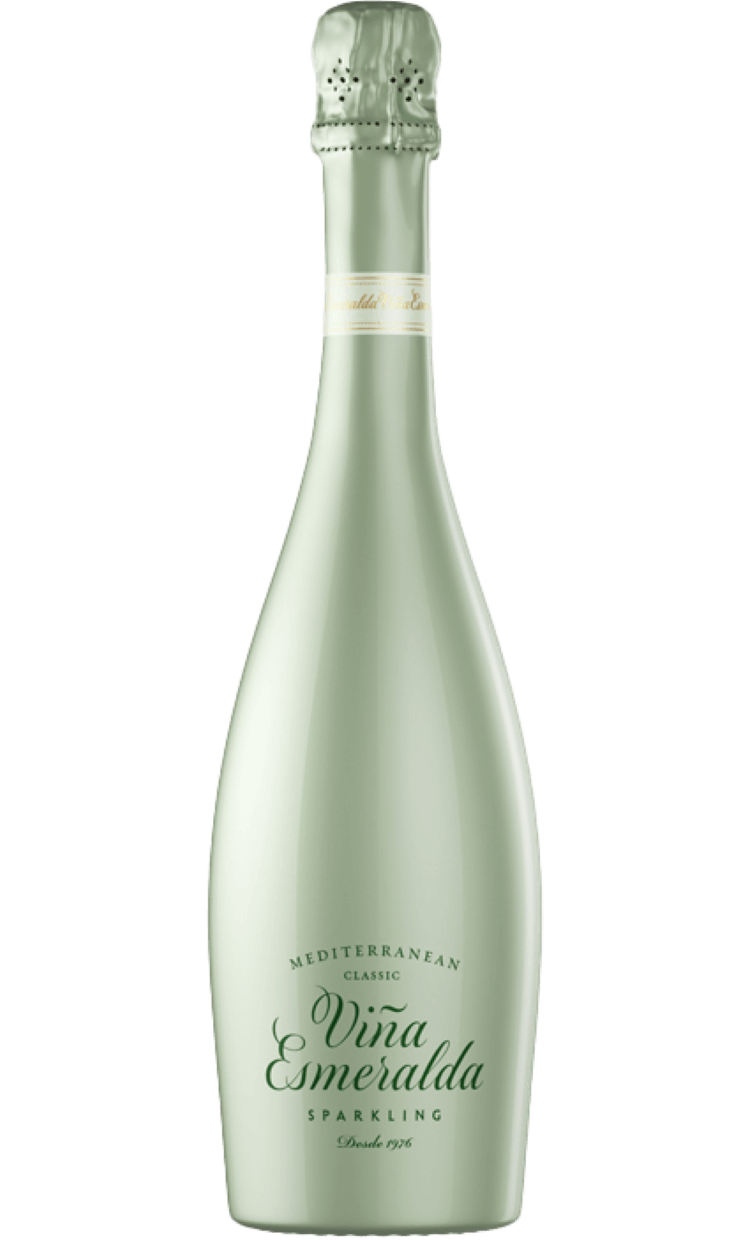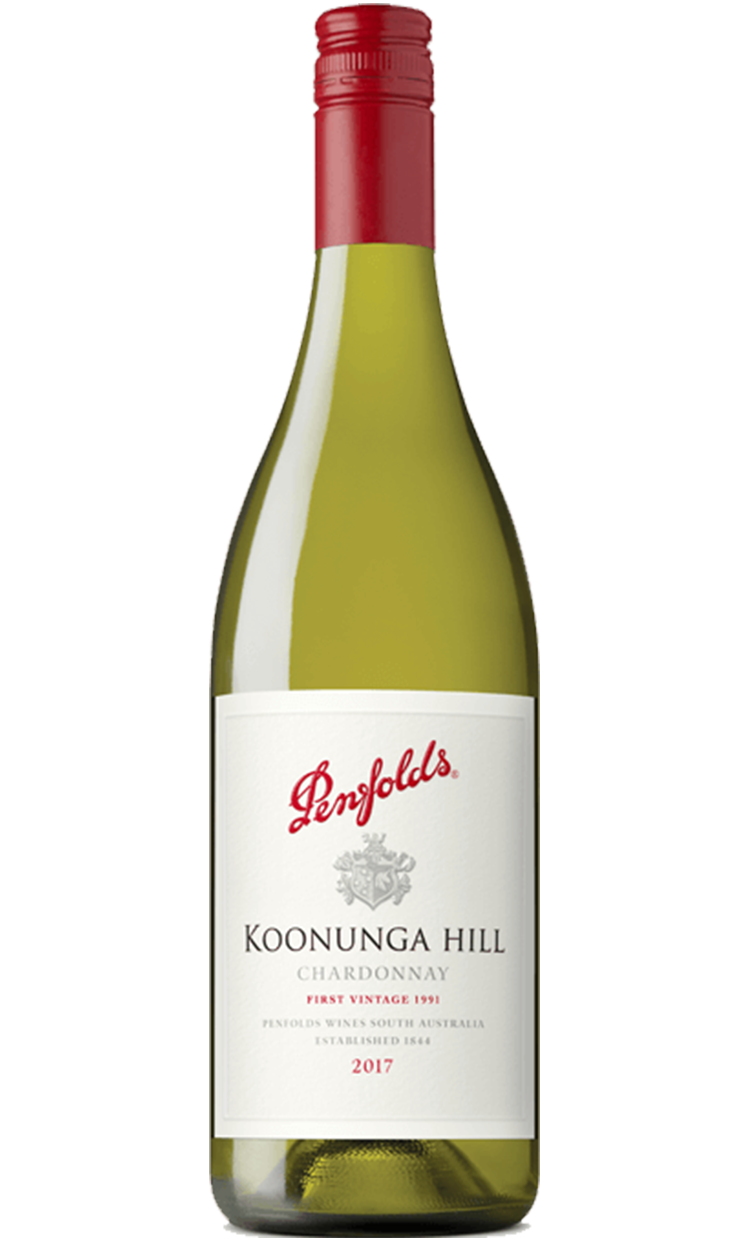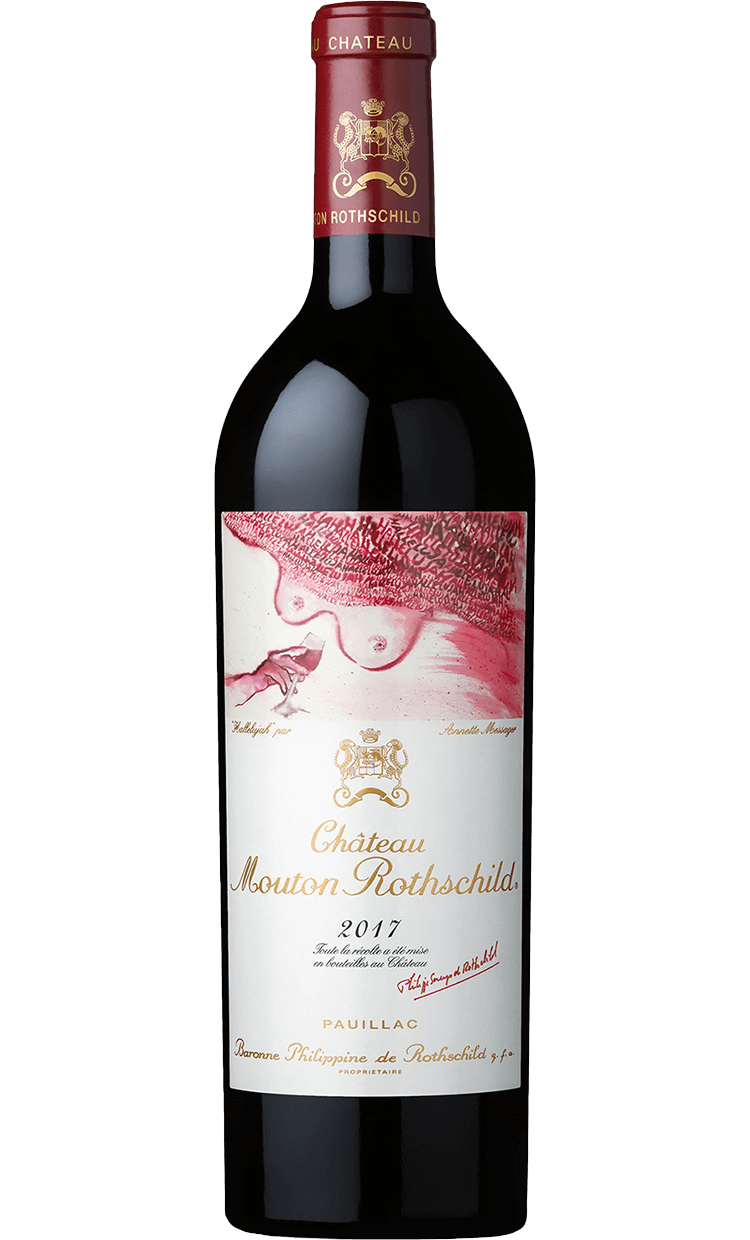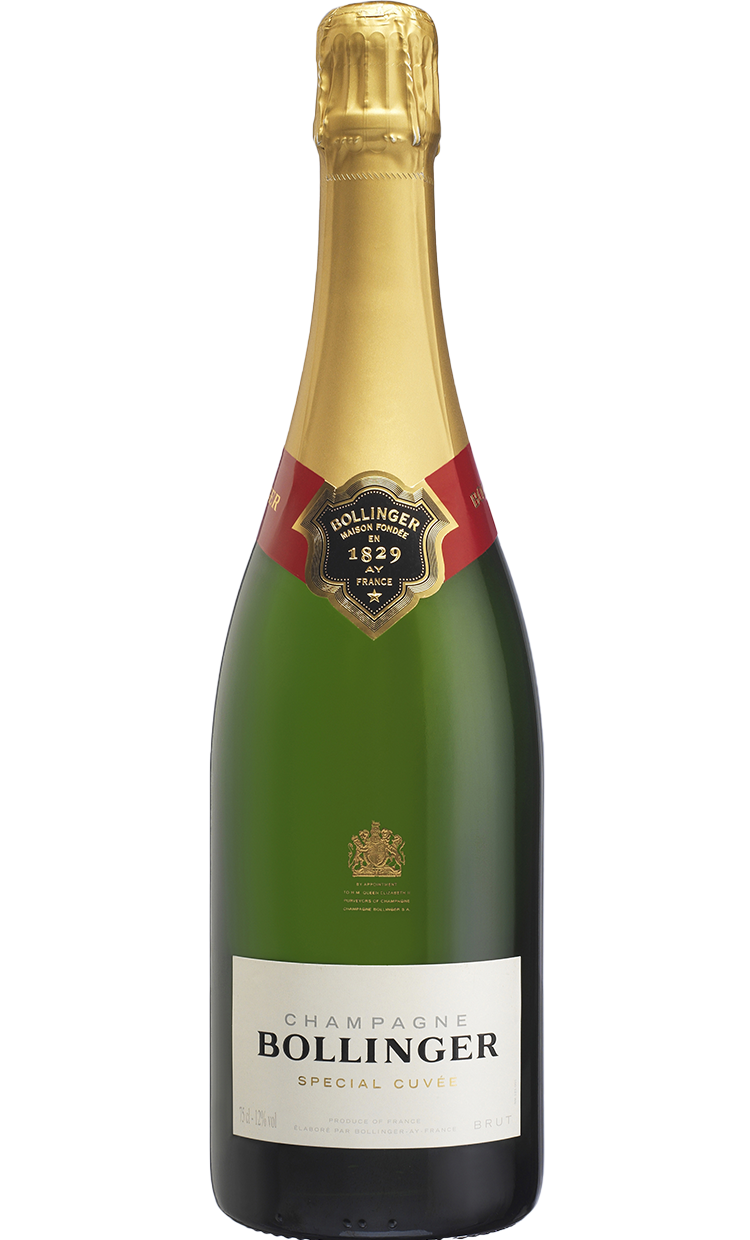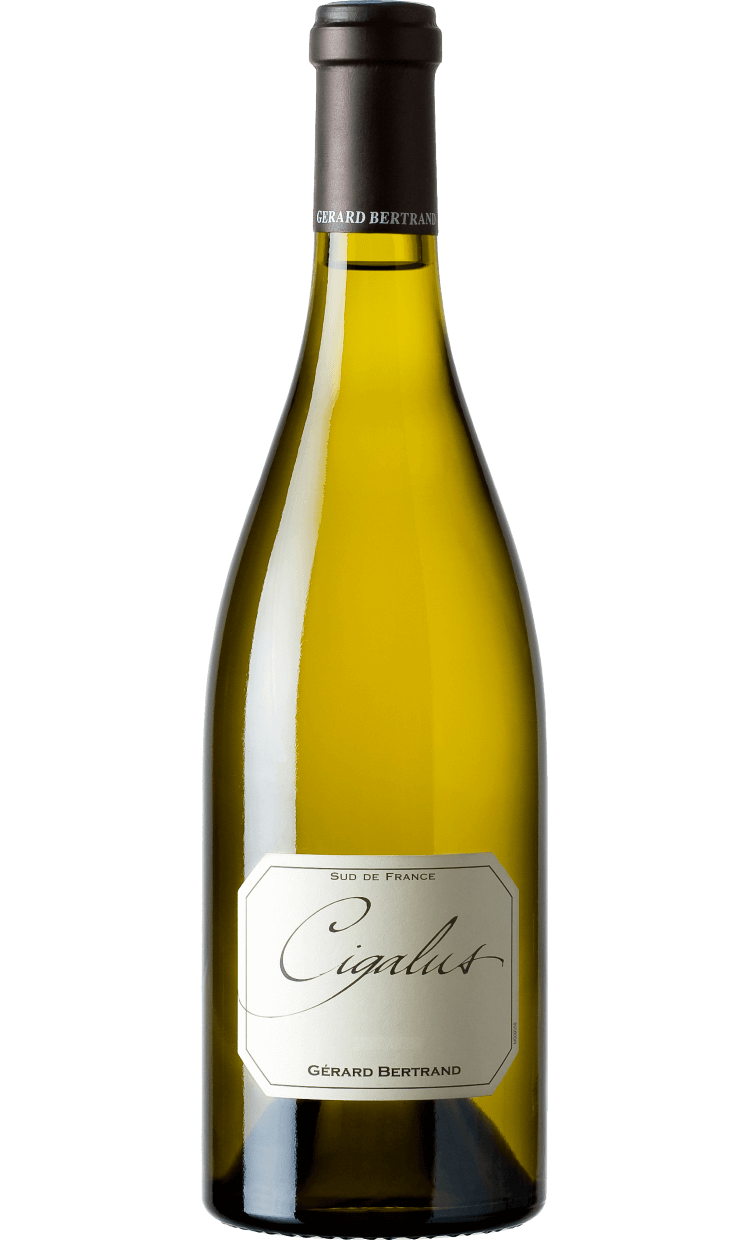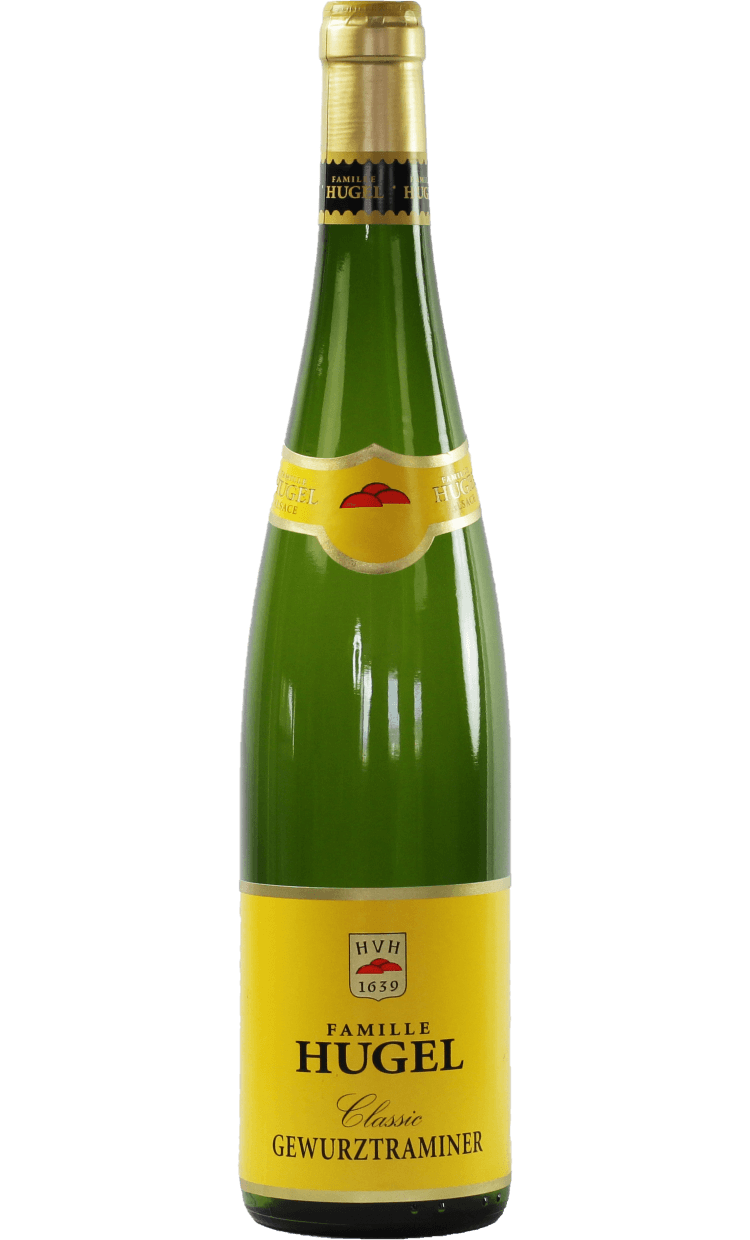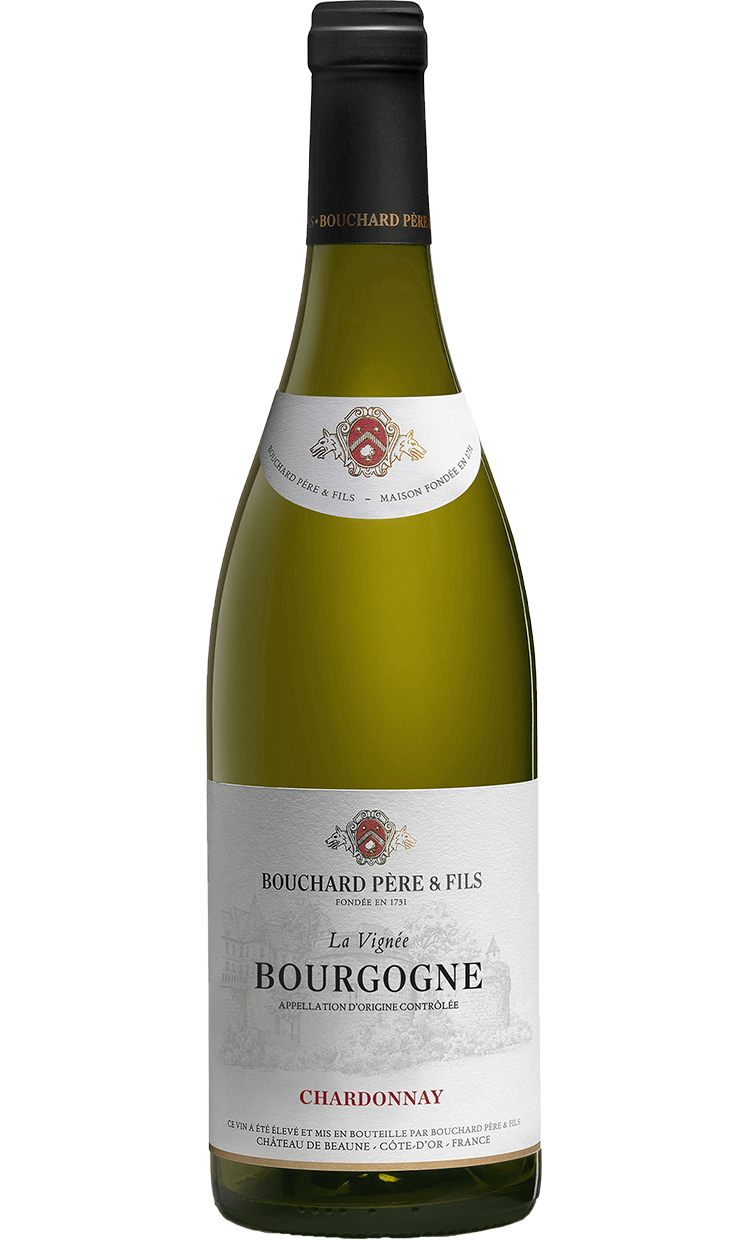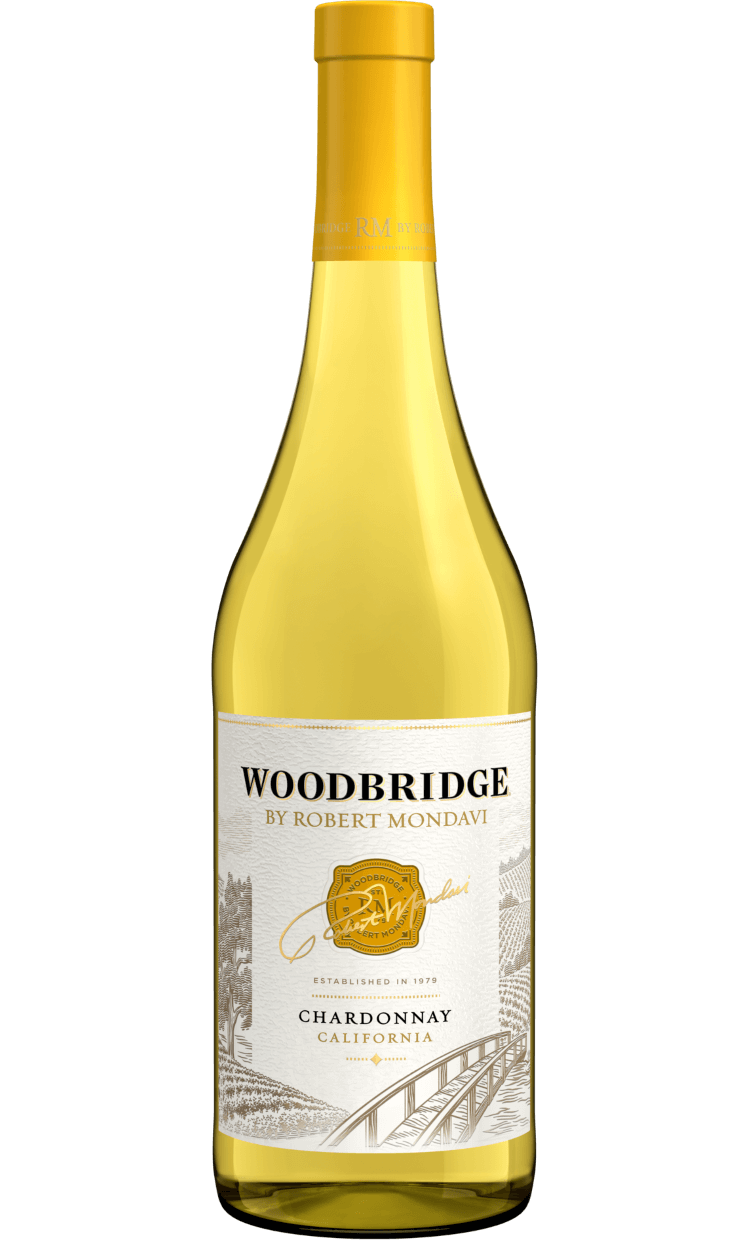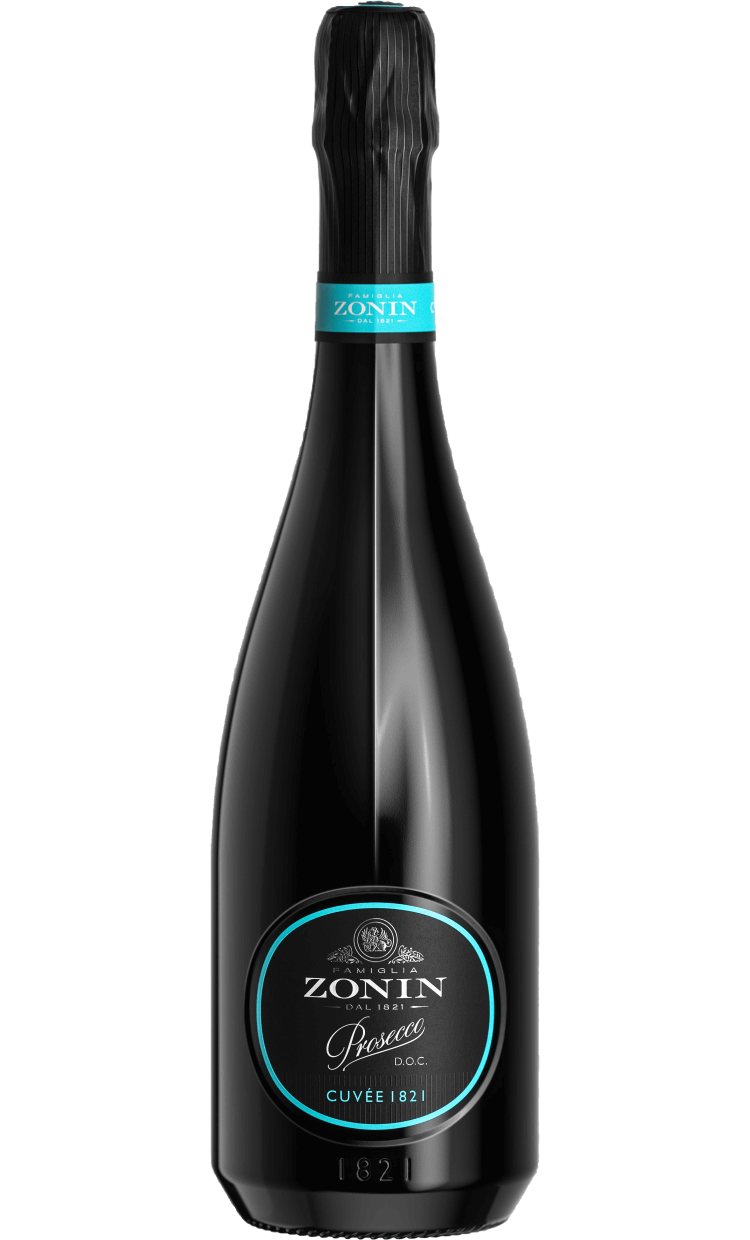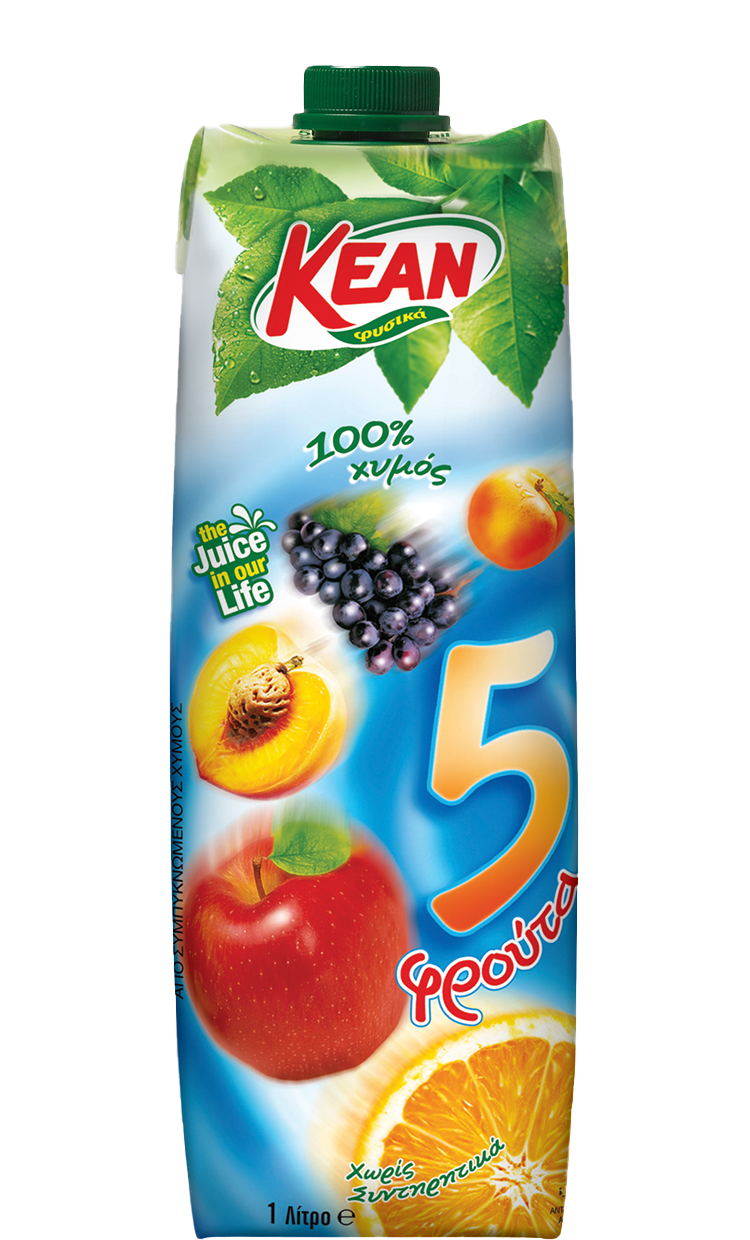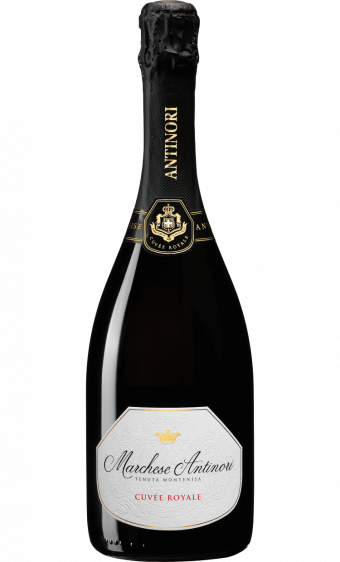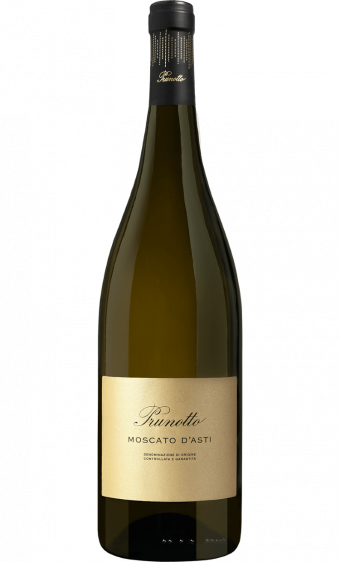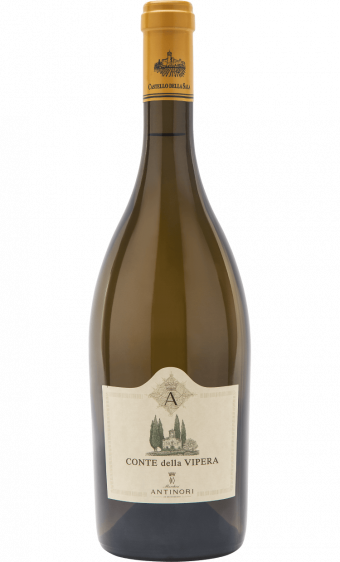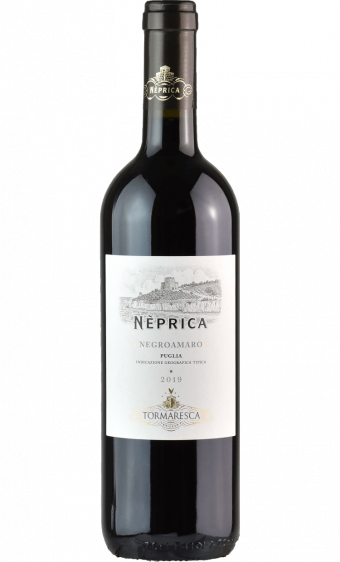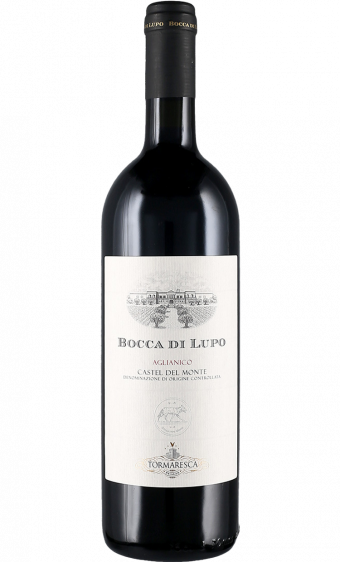
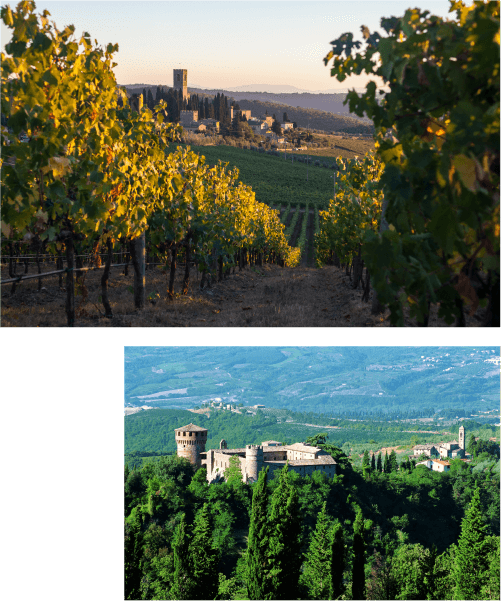


Since 1385, for more than 6 centuries and 26 generations, the philosophy of Antinori's family, is based on the preservation and deference to Italian oenological tradition and also on the constant experimentation, offering to each one of us the joy of discovering this unique combination.
Since 1966 Marchese Piero Antinori, son of Marchese Niccolò, actively runs the company along with his three daughters, Albiera, Allegra and Alessia. Today Albiera is he president with the continuous close support of her two sisters., while their father is the Honorary president of the company. Tradition, passion and intuition are the three driving forces that led Marchesi Antinori to establish itself as one of the most important winemakers of the elite Italian wine.
Each vineyard and winery of Antinori has its own character, history and microcosm, that are perceived each time you taste one of his fine wines.
Antinori's vineyards for red wine are mostly settled in Tuscany. Particularly, in Chianti Classico area, where the family owns three estates of 575 decares, Tignanello, Pèppoli and Badia a Passignano. In Bolgheri area, we meet the famous vineyards and winery of Guado Al Tasso, where the well-known Super Tuscans are produced. White wine is produced in Umbria, Orvieto Classico, in Castello della Sala winery and in Tuscany at Monteloro.
Apart from Tuscany and Umbria, where Antinori has the leading role, the family is producing wine in other notable wine making areas od Italy, like Puglia, Piemonte, Florence and Franciacorta. Also, its presence is noticeable in other countries like California, Washington, Chile Hungary, Rumania and Malta.
The mission of the company is the creation of fine wines, based on tradition and progressive thinking. As Marchese Antinori loves to say:
"Ancient family roots paly an important part in ourphilosophy but they have never hindered our innovative spirit".

Its colour is bright yellow-golden, with an intense constant sparkling. Rich nose with white peach and green apple aromas, framed by distinct notes of yeast and fried bread. Dry mouth, with a playful acidity, a medium body, delicate bubbles, and a long aftertaste.
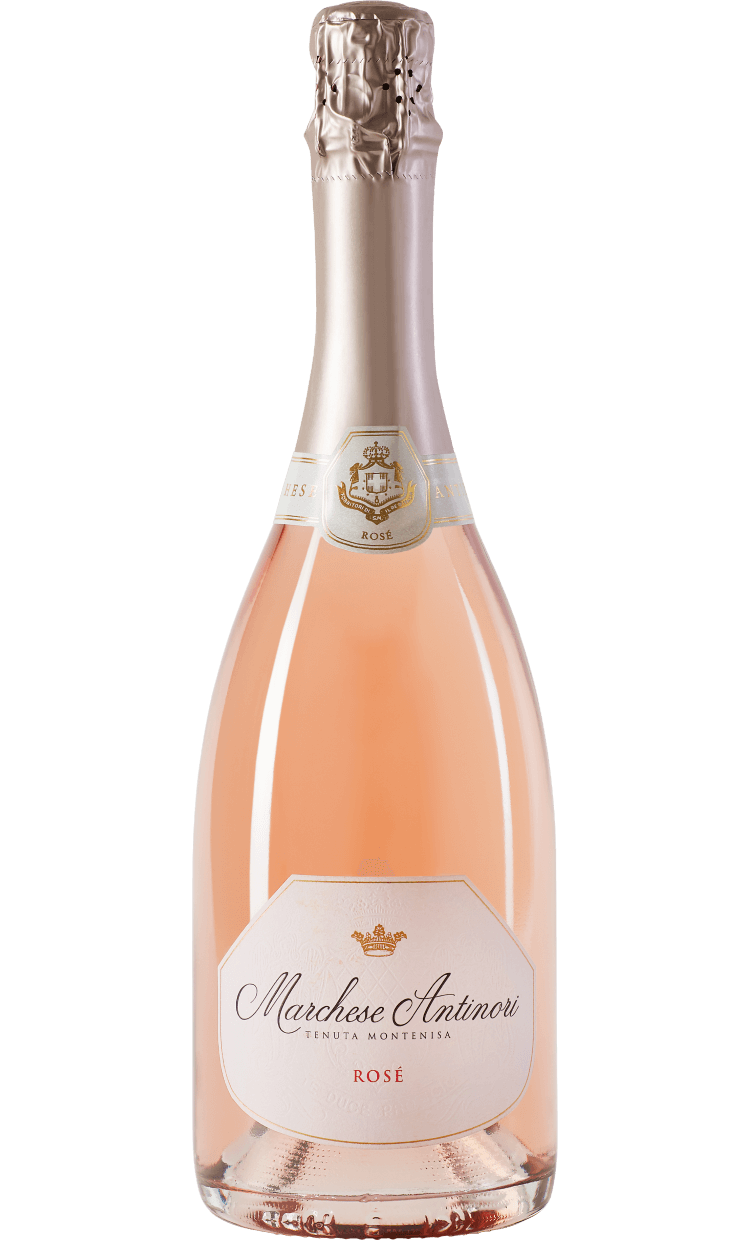
Its colour is a pale purple and the bubbles are intense and persistent. The nose is intense, with fine red fruit and flower aromas along with yeast and roasted nuts notes. Long aftertaste.

Ποιος μπορεί να αντισταθεί σε ένα κρασί που ευωδιάζει με αρώματα λουλουδιών και ολόφρεσκων φρούτων, όπως αυτό το εκπληκτικό, ημίξηρο, αφρώδες κρασί από το φημισμένο Asti! Στόμα δροσερό και πολύ αρωματικό, με ήπια γλυκύτητα και αξέχαστη επίγευση.
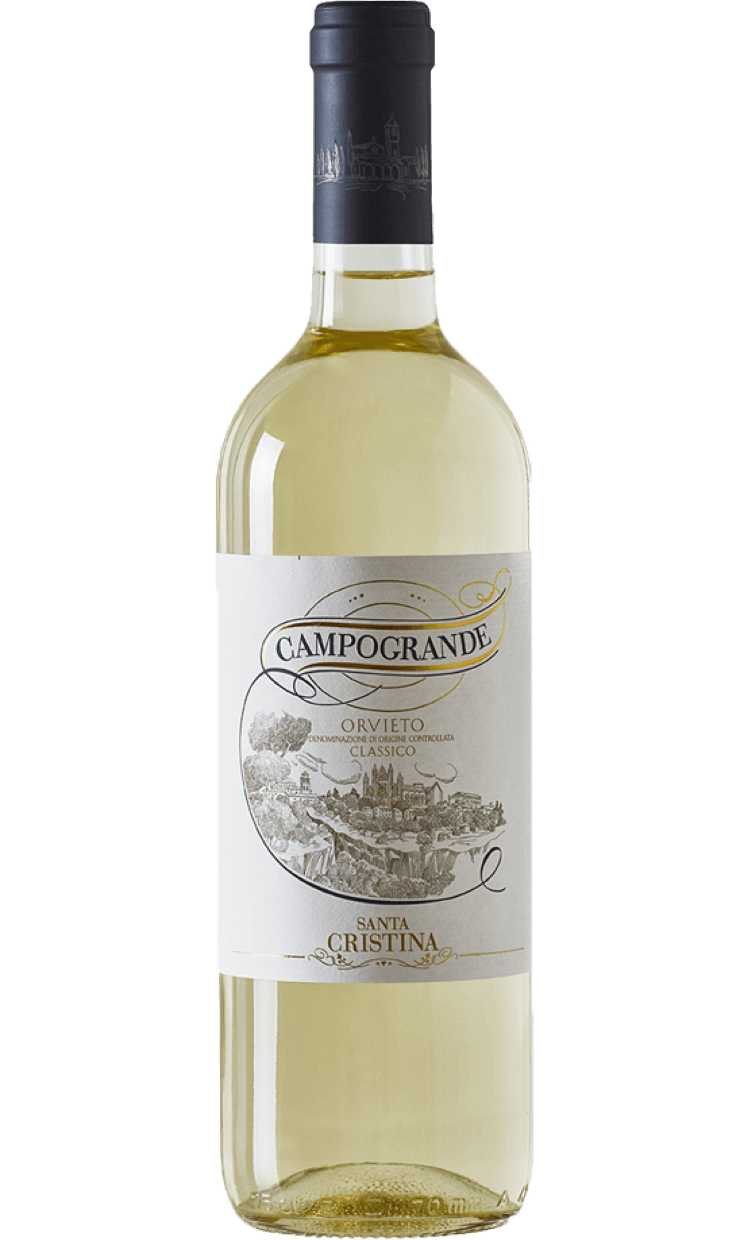
Hay-yellow colour with green highlights. Intense nose, fruity, with green apple, pear and at the same time flowery with white flowers being dominant. The mouthis balanced, fresh and soft.
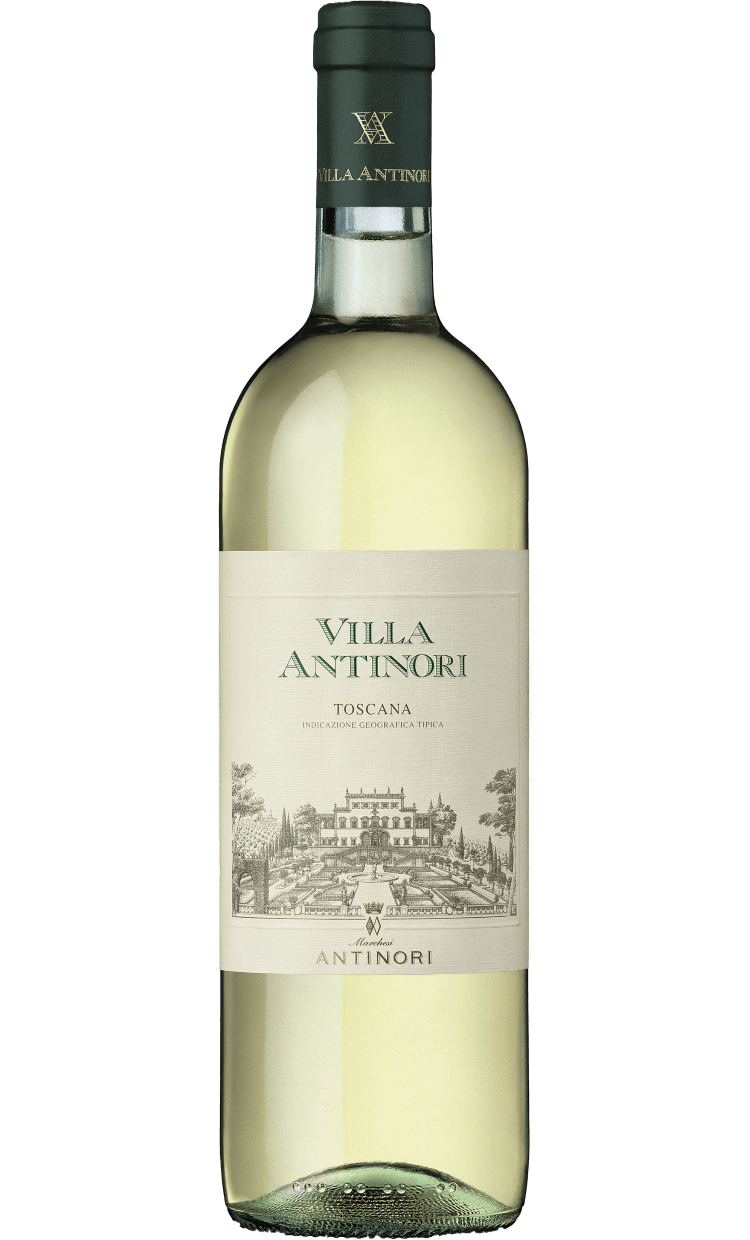
Το χρώμα του είναι απαλό λεμονί και στη μύτη υπάρχουν διακριτικά αρώματα φρέσκων λουλουδιών και φρούτων. Στο στόμα έχει ελαφρύ σώμα, δροσερή οξύτητα και διακριτική φρουτώδη επίγευση.
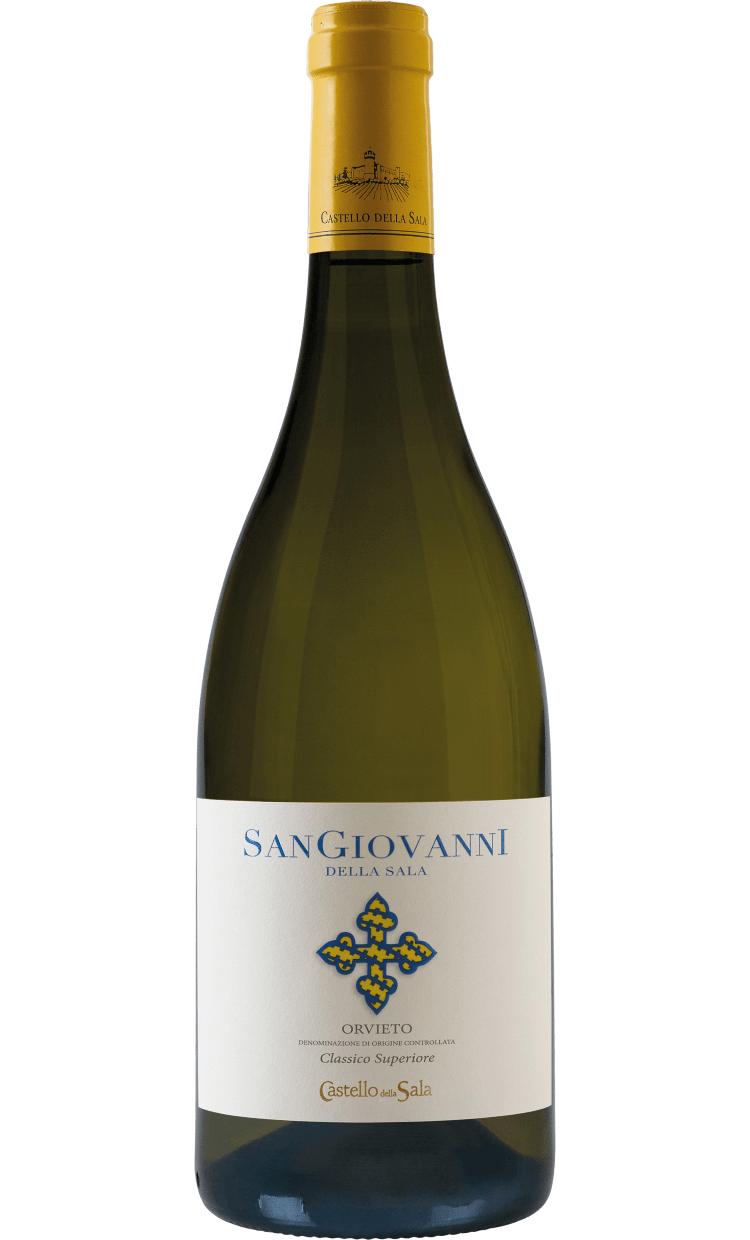
Its color is lemon/ yellow-green. The nose has a medium intensity, but is also quite dense with white flower, ripe citrus fruit, and stone fruit aromas. Dry mouth, with a crispy acidity, intense minerality, buttery flavor and a long aftertaste
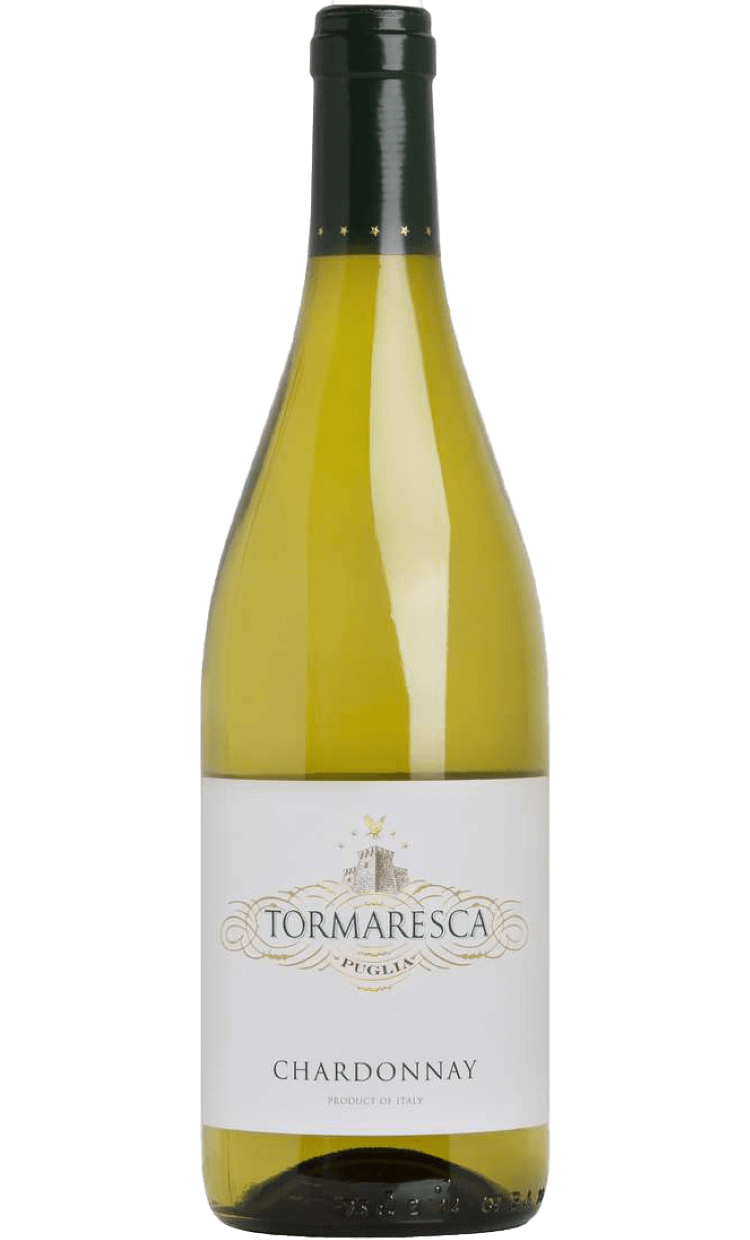
Its color is medium lemon/ yellow-green. The nose is quite intense, with a distinct character, reminding orange blossom, rose, thyme and lavender. Dry mouth, chilling, with medium alcohol and body. The aftertaste has minerality and citrus fruit notes.
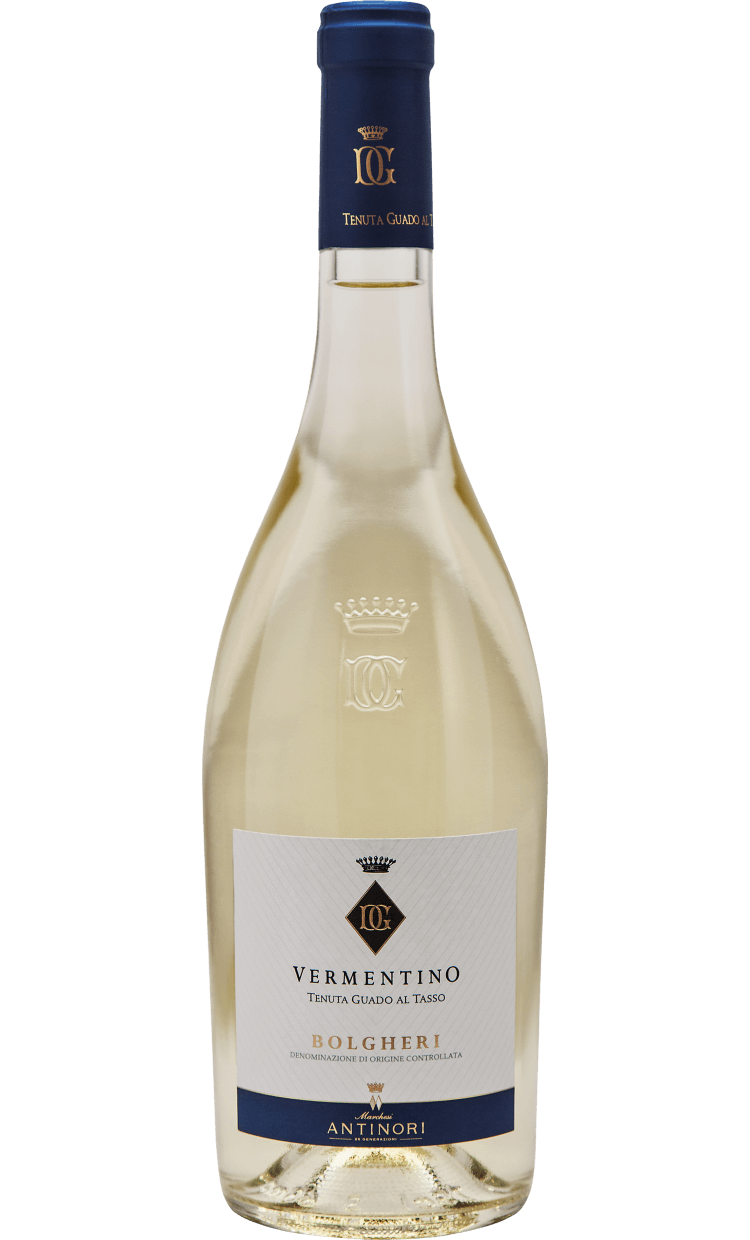
Το κρασί στην όψη του είναι λαμπερό λεμονί πρασινοκίτρινο. Στη μύτη είναι ανθώδες και φρουτώδες με έντονη ορυκτότητα και βοτανικές νότες. Στο στόμα είναι ξηρό, με δροσερή οξύτητα, μέτριου σώματος και μέτριας αρωματικής επίγευσης.

Its color soft hay-yellow with green highlights. The nose is of medium intensity with citrus fruit aromas, like lemon, lime, grapefruit and herbal notes. Dry mouth with light body and a chilling acidity. The aftertaste has a decent lasting with citrus fruit aromas.
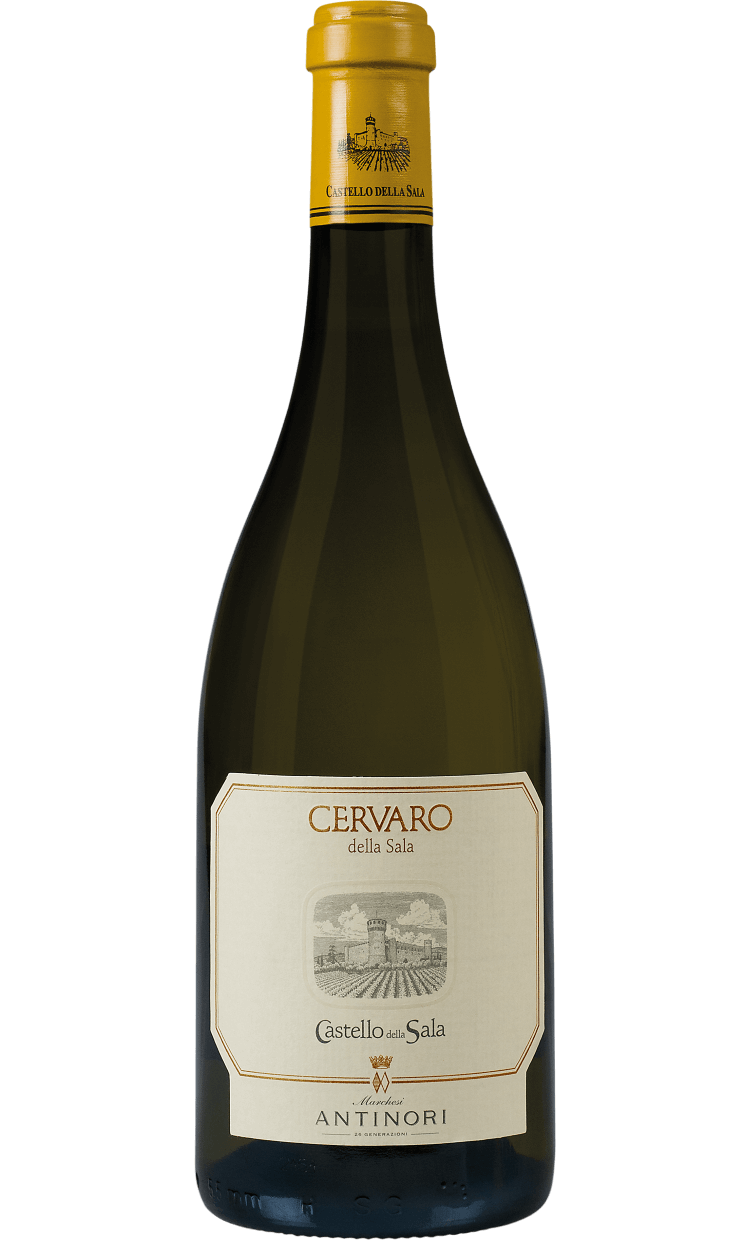
The name of the wine Cervaro is due to the aristocratic family, which owned the Castello della Sala. The grapes are picked at night and refrigerated to keep the temperature low during dehydration and pressure. The 2 varieties are vinified separately, as they mature at different times and different techniques are applied.
The wine’s colour is hay-yellow with green highlights. Intense white flower aromas and mineral notes. In the mouth is chilling, with metallic elements and citrus fruit notes.
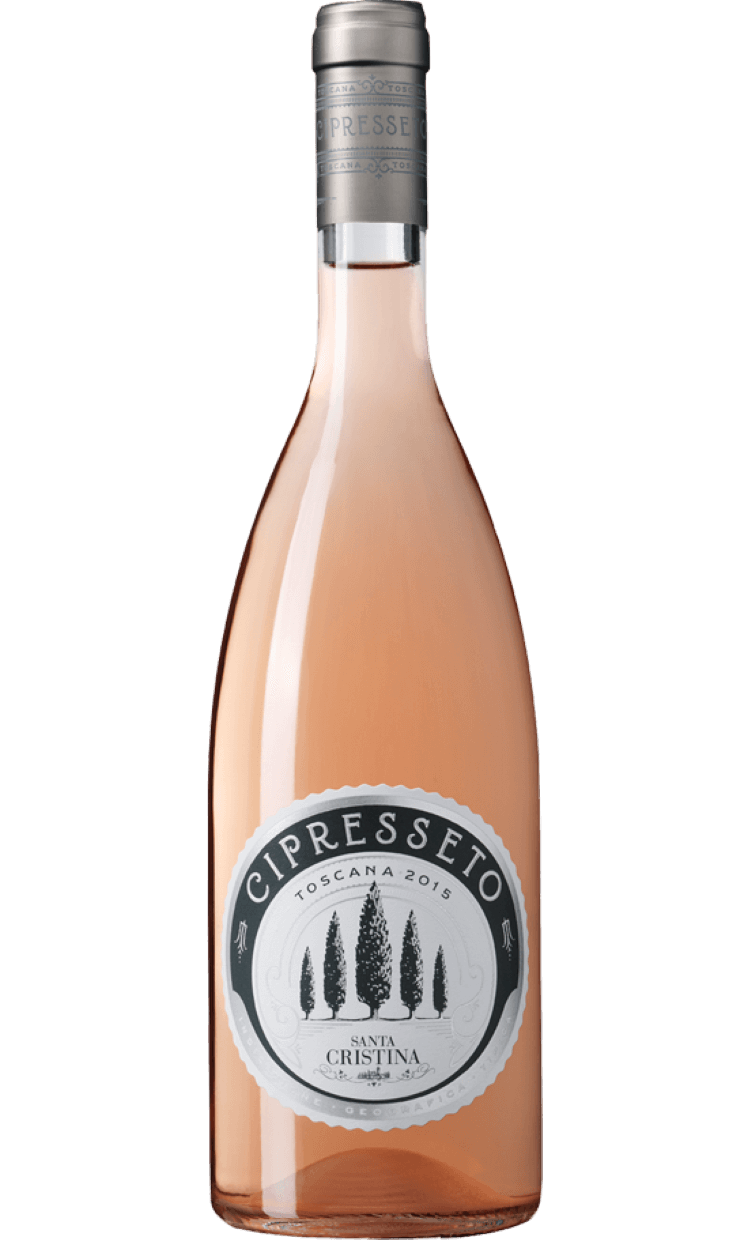
Soft, summer pink color with intense fruity elements. Gentle and pleasant mouth, balanced with fine acidity and an elegant aftertaste.
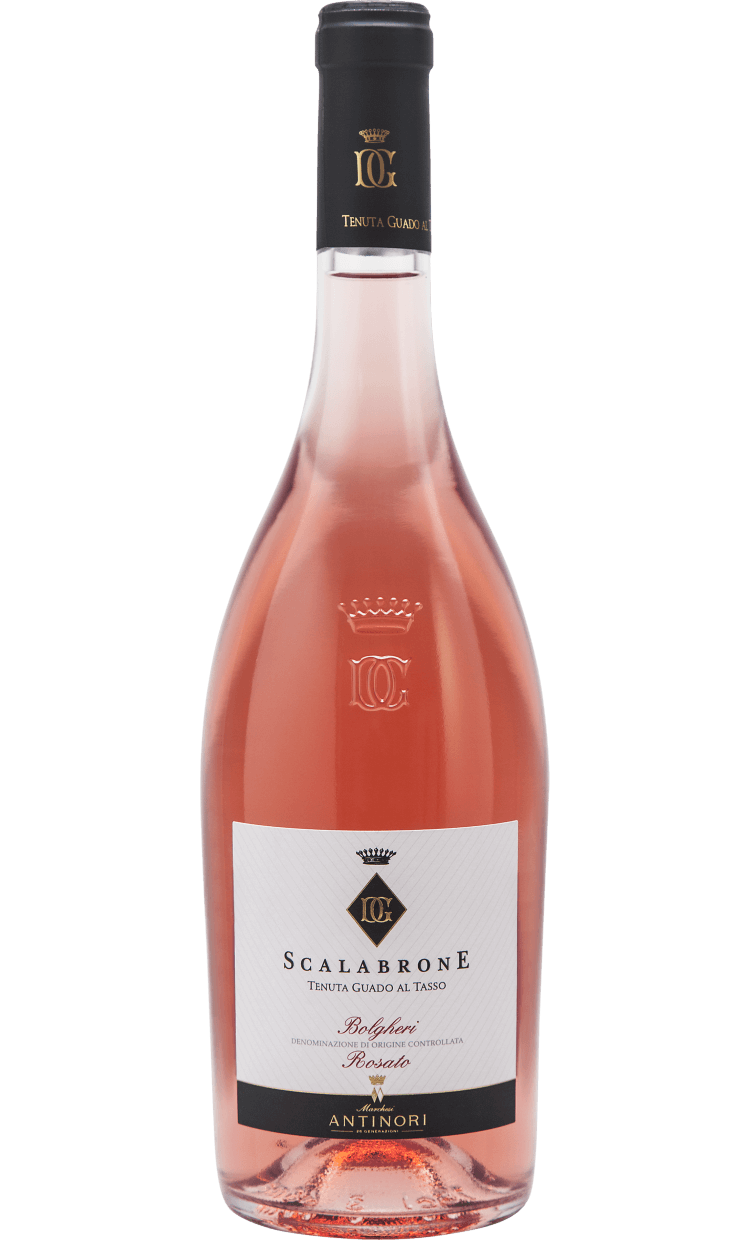
The wine is named after a beloved local hero reminiscent of "Robin Hood" that lived in the 19th century.
Its color is soft red and the nose is intense with aromas of red forest fruits and aromatic herbs. Dry mouth, with cool acidity, medium body, strong aromatic character and long aftertaste.
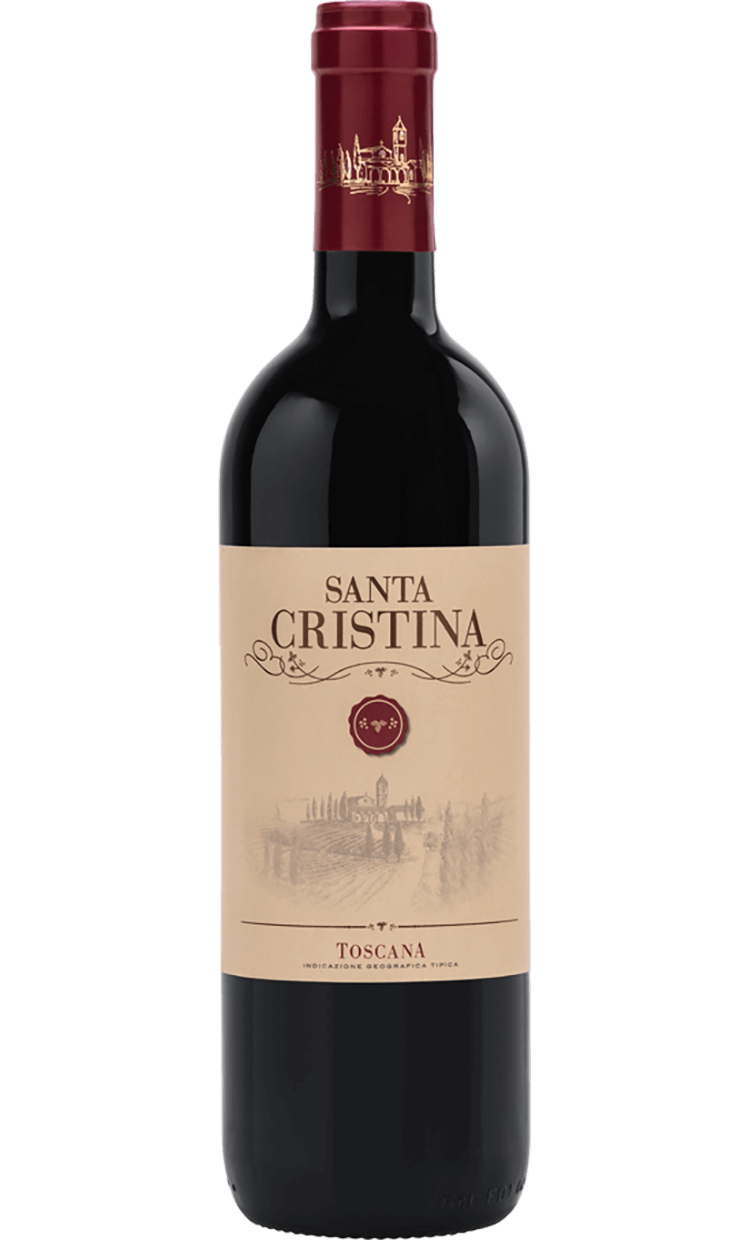
Το Santa Cristina συστήθηκε αρχικά το 1946 ως Chianti Classico. Ωστόσο, με το πέρασμα των νόμων DOCG του 1984, που απαιτούσαν χαμηλότερες αποδόσεις αμπελώνων, και μεγαλύτερη παλαίωση, το Santa Cristina απομακρύνθηκε από αυτόν τον χαρακτηρισμό. Έτσι από το 1994 άρχισε να συμπεριλαμβάνει 10% Merlot στο χαρμάνι, προκειμένου να προσθέσει απαλές νότες κόκκινων φρούτων στο κρασί.
Το χρώμα του είναι λαμπερό ρουμπινί και στη μύτη υπάρχουν αρώματα ώριμων φρούτων, ενώ στο στόμα έχει μέτριο σώμα, μαλακές τανίνες και φρουτώδη επίγευση.
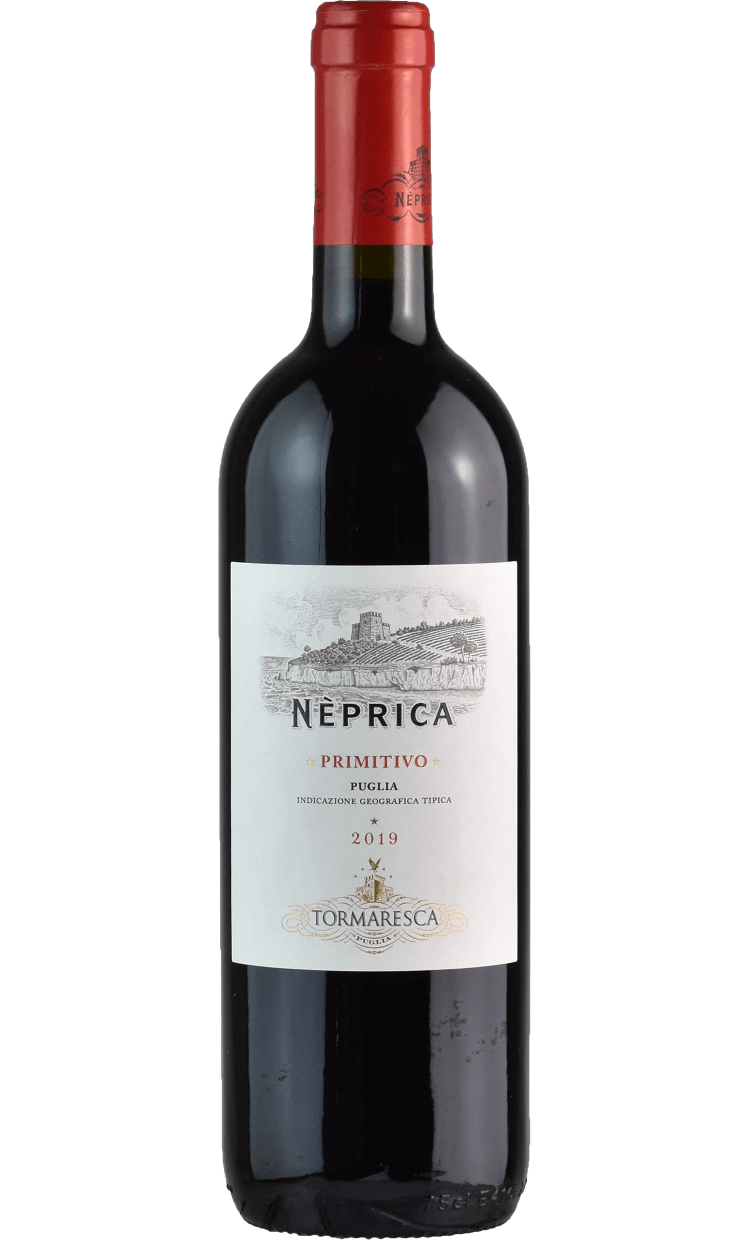
It is characterized by an intense ruby color. Aromas of red fruit and black cherries are released in the nose, with hints of caramelized fruits and licorice. The taste is mild from the very first feeling, with soft tannins and good structure, supported by a balanced freshness.

Its color is ruby. Cherry and jam aromas emerge from the nose, along with notes of violet and anise liqueur. On the palate is soft and elegant, with refined tannins, supported by a pleasant freshness and crispness.
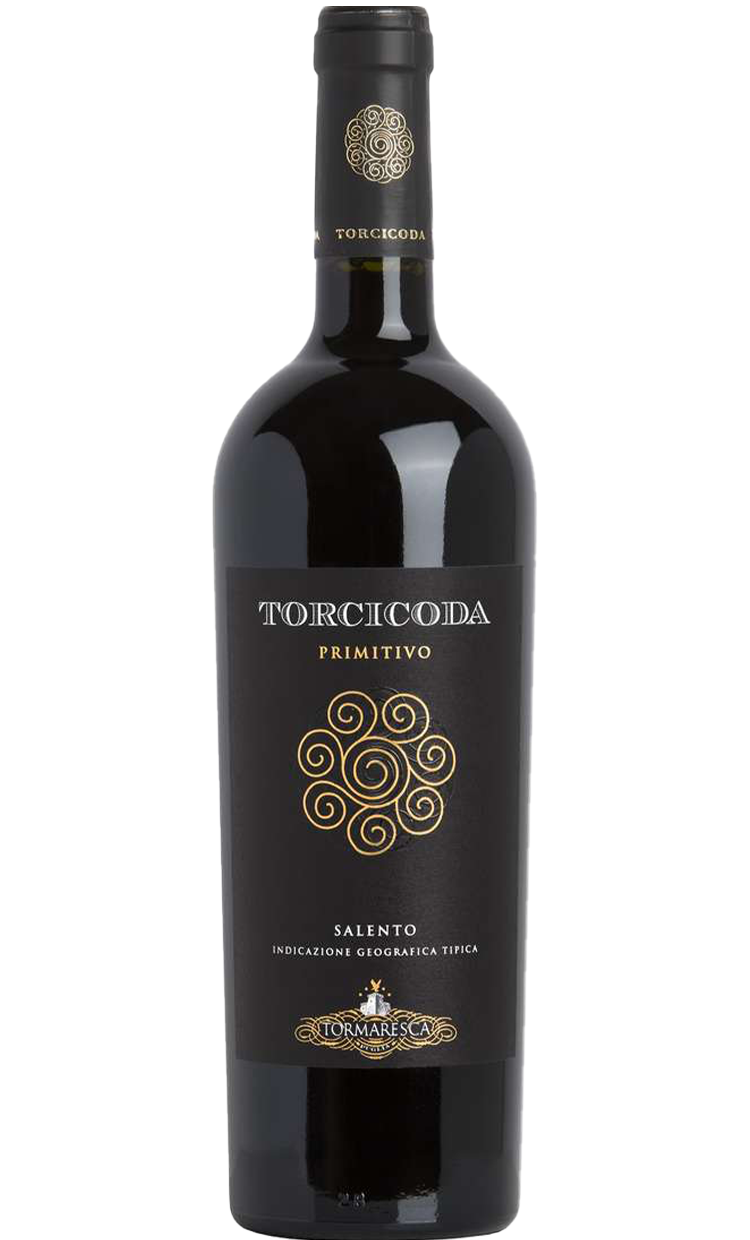
Its color is deep ruby. The nose is of moderate intensity, but with great concentration. The fruity character is dominant, with aromas of red and black cherry, sour cherry and strawberry. At the same time, the notes of sweet spices and herbs from the barrel, frame perfectly. The mouth is dry and exuberant, with a full body, many but velvety tannins and a pleasant fruity aftertaste
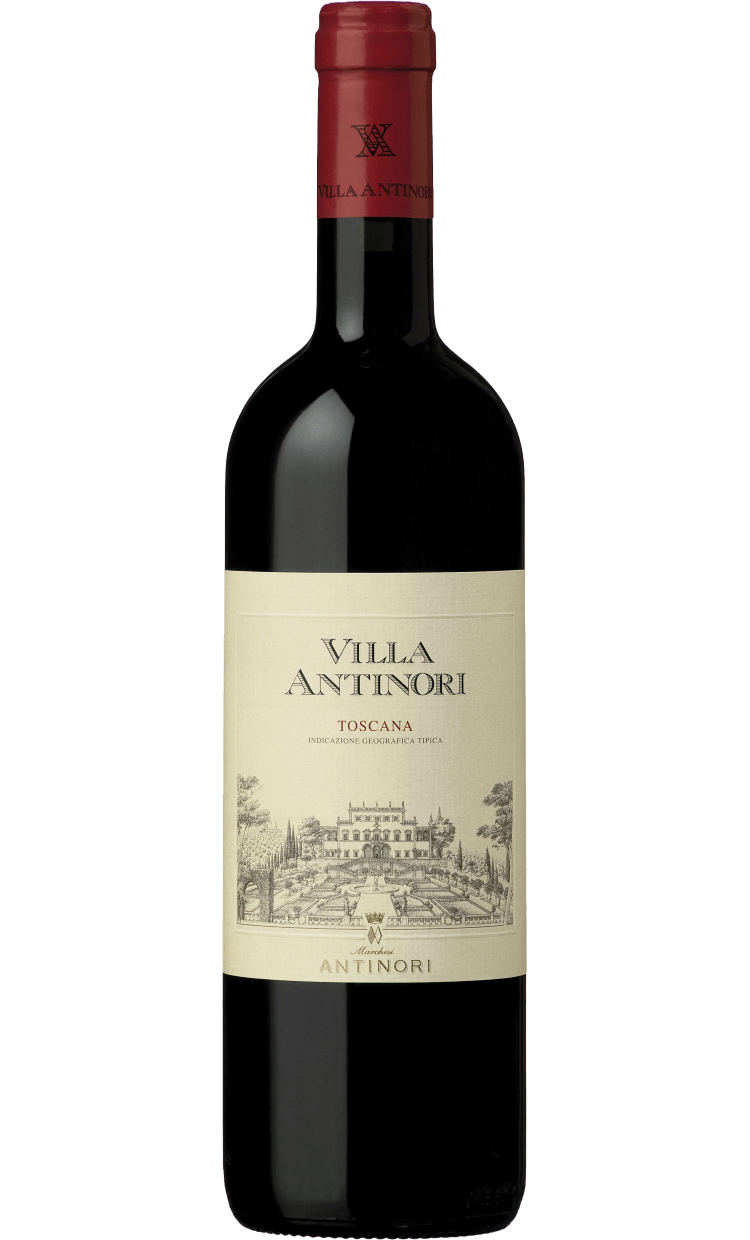
Its color is deep ruby and in the nose, there are strong aromas of ripe red fruits and a discreet barrel. The mouth has a medium body, intense tannins with an aftertaste of ripe fruits and sweet spices.
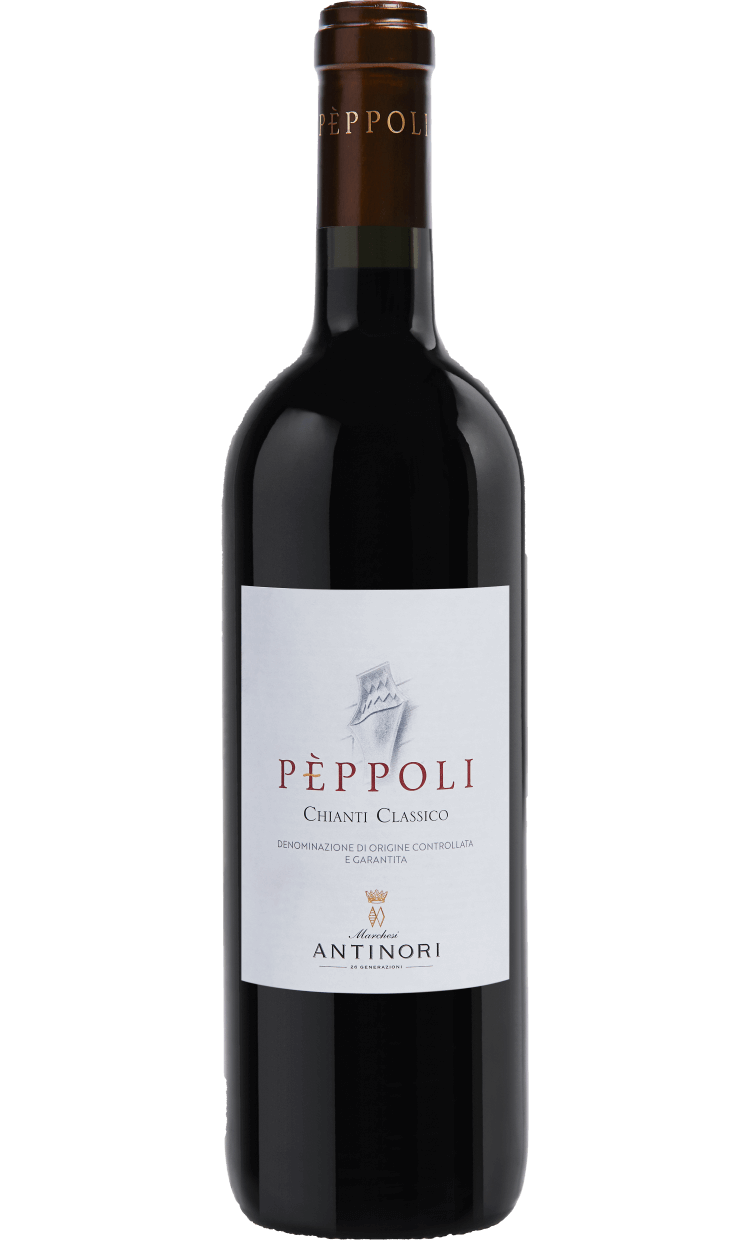
Pèppoli is an estate of 1000 acres in the heart of Chianti Classico. A modern Chianti, made to be enjoyed fresh. Its color is light ruby, while the nose has aromas of ripe red fruits and vanilla. In the mouth it has a medium body, soft, mature tannins and fruity aftertaste with sweet spices.
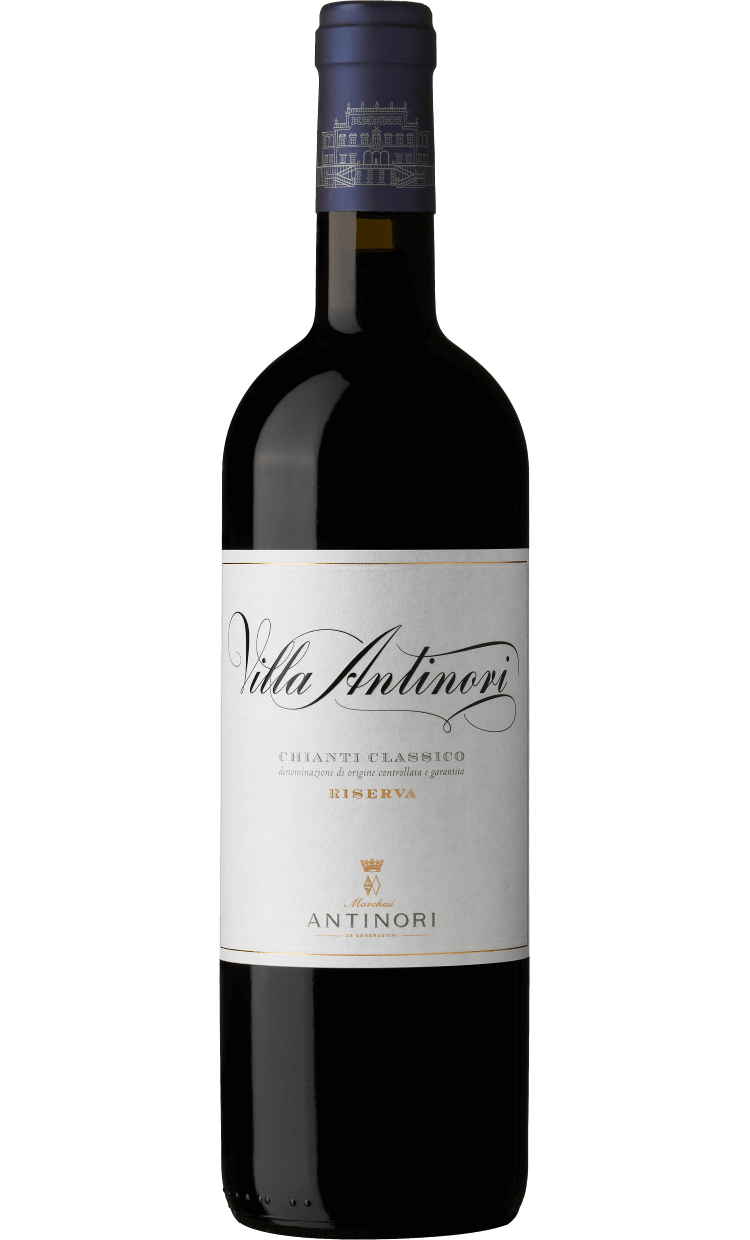
Its color is medium ruby with soft garnet highlights. The nose it of medium intensity with aromas of rose, mature black cherry, sweet spices and roasted coffee. The mouth is dry and refreshing with many and aggressive tannins. It has a medium body and a ripe fruit aftertaste with minerality that lasts enough.
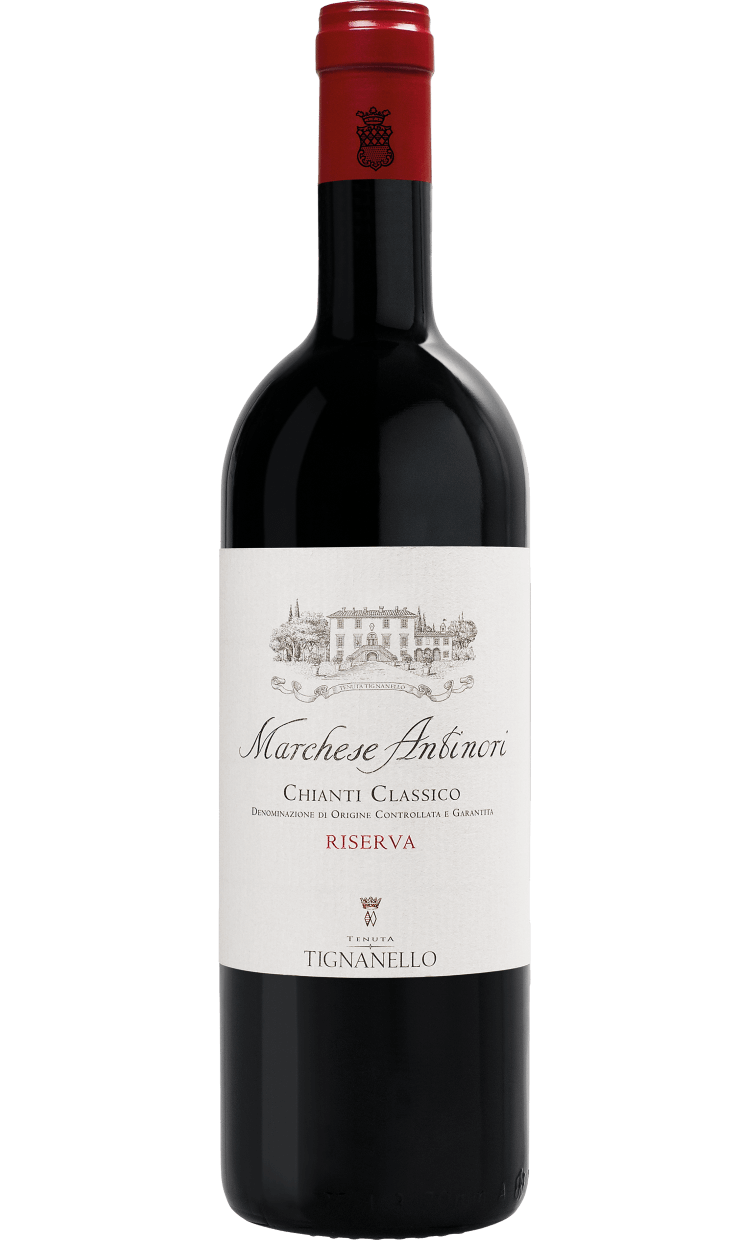
The color is deep ruby with soft purple highlights. The nose is intense with fruity aromas of cherry, forest fruits, and blueberry, along with licorice and vanilla from the barrel. The mouth is dry with a chilling acidity, many tannins, not so aggressive, even though it is a young wine. The body is medium and the aftertaste quite long and fruity.
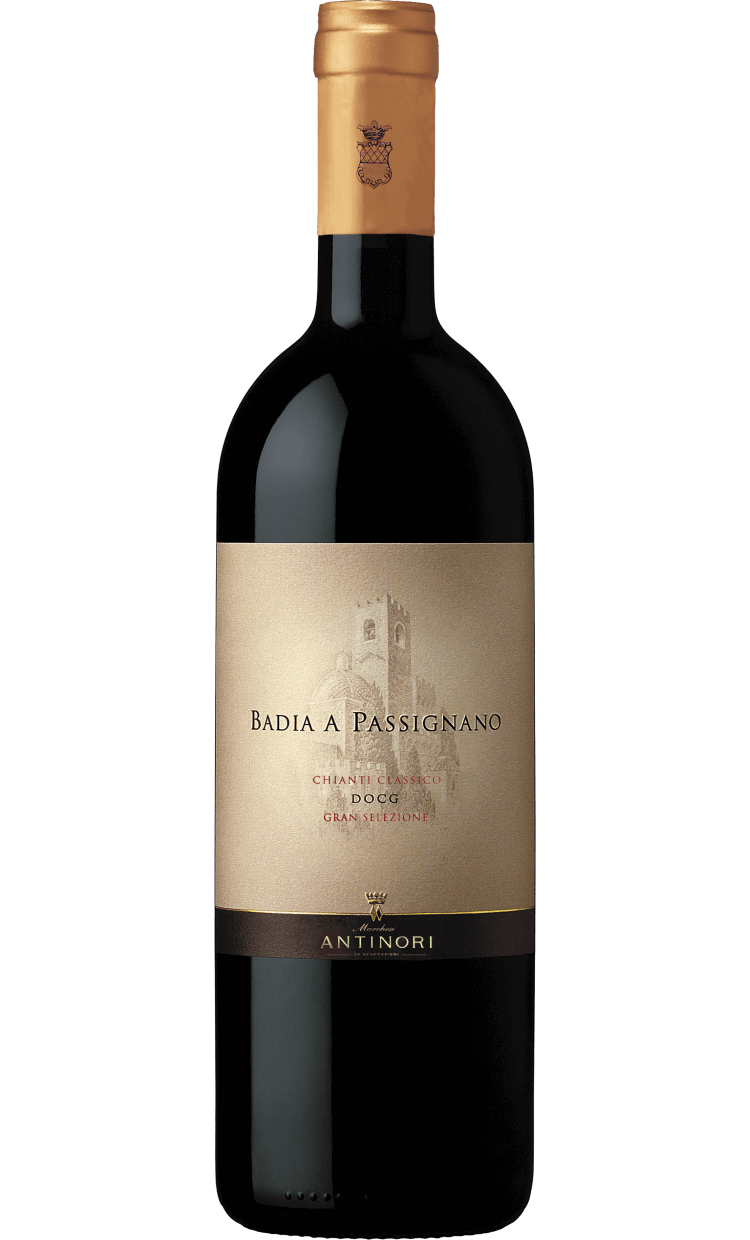
The vineyards are located around the minster of Passignano, where it has a 1000 years old tradition in the production of famous wines in the heart of Chianti Classico. The soil composition is limestone and clayey, at an altitude of 300 meters, above the sea.
The wine has an intense ruby color. Expressive aromas of red fruit unfold in the nose, combined with floral notes and a hint of white chocolate. The palette is rich and perfectly balanced, with soft and velvety tannins, which give the wine elegance, intense character and excellent duration of flavors.
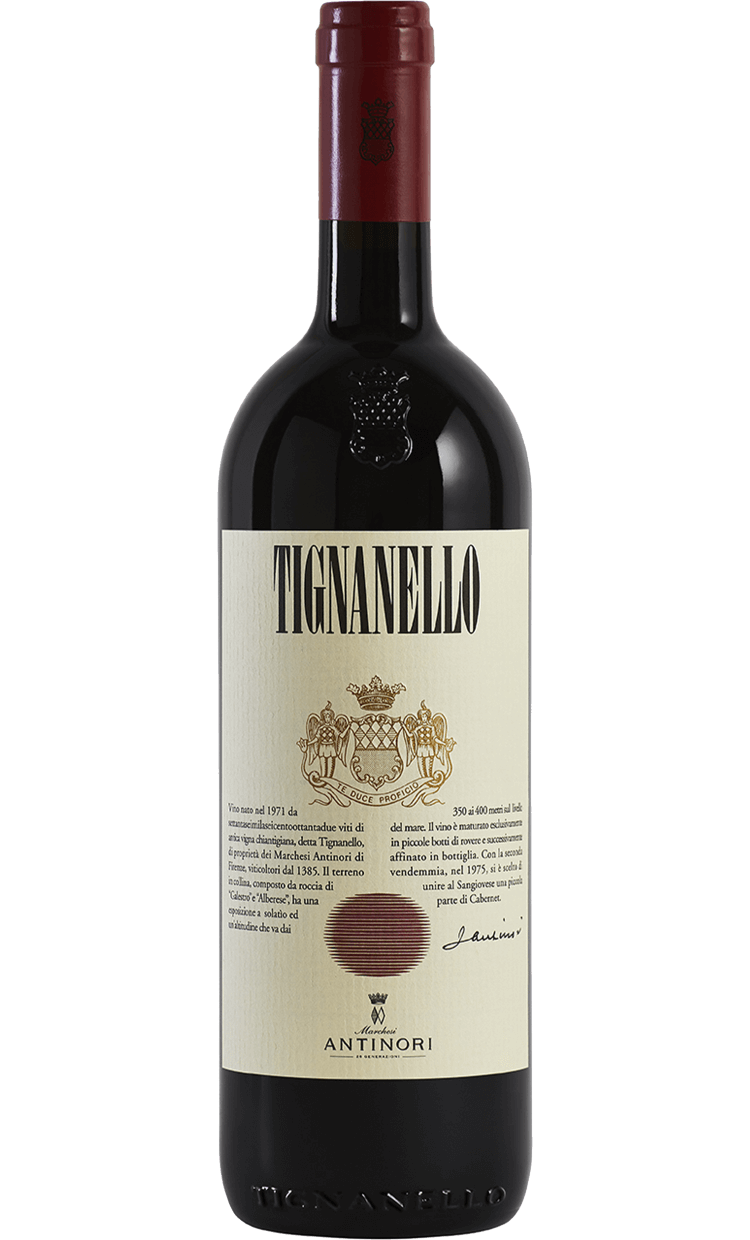
Tignanello is produced at Tenuta Tignanello Estate. The 127 acres of the estate consist of vineyards, with soils derived from marl, rich in limestone and slate. During the fermentation in wooden conical tanks, the marcs are wetted, in order to maintain the freshness of the aromas, to achieve the color extraction and the desired level of soft and elegant tannins. The evaluation is done after daily and rigorous tests. After separation from the marcs, the wine is transferred to small oak barrels, where malolactic fermentation takes place, emphasizing the refinement and complexity of the aromas. The wine is then aged for about 14-16 months in French and Hungarian oak barrels, a combination of first and second use. Each batch and each grape variety is fermented and aged in barrels separately. The final mixture is mixed a few months before bottling, where it ages for an additional 12 months before its release.
Its color is deep ruby and the nose is complex and intense with aromas of ripe black fruits, spices, and vanilla. The mouth has a rich body, ripe round tannins, and a long aftertaste of ripe fruit.
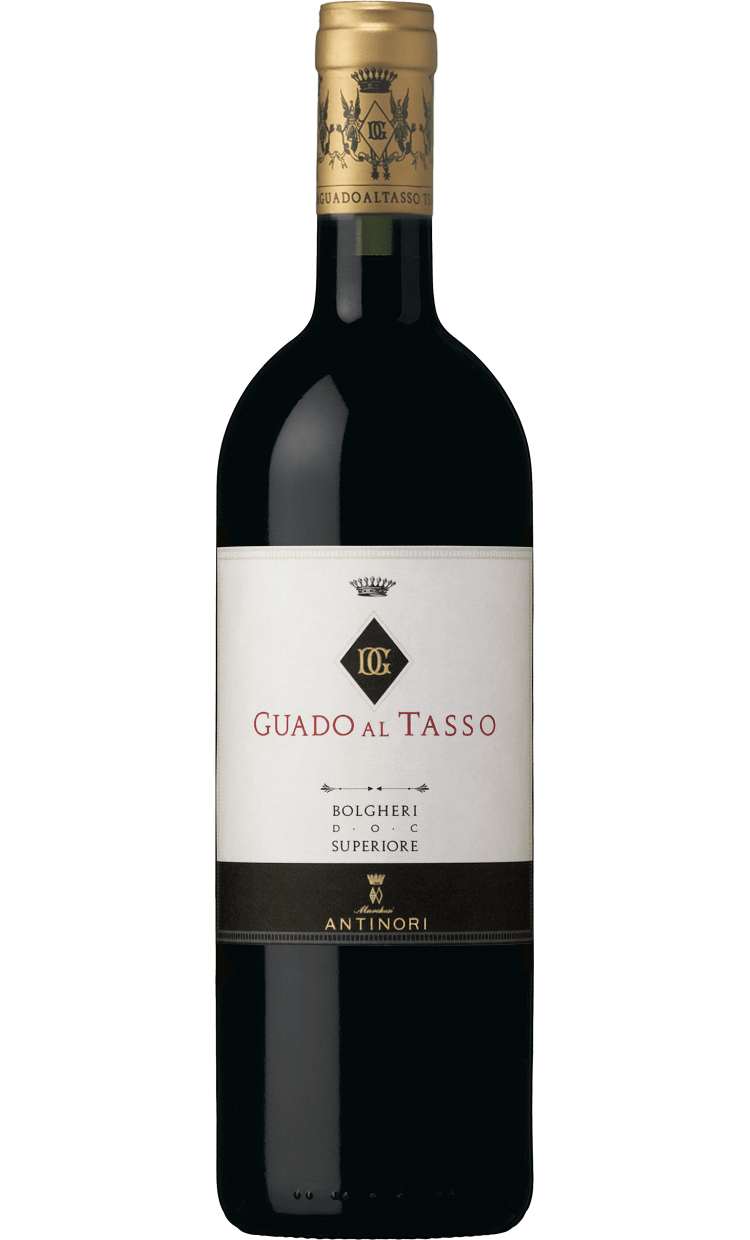
Intense ruby color. The nose is expressive with aromas of fruits and sweet spices, such as plums, bilberry jam, licorice, leather and a note of mint that adds complexity and freshness. The palette is long lasting and is followed by soft and elegant tannins.
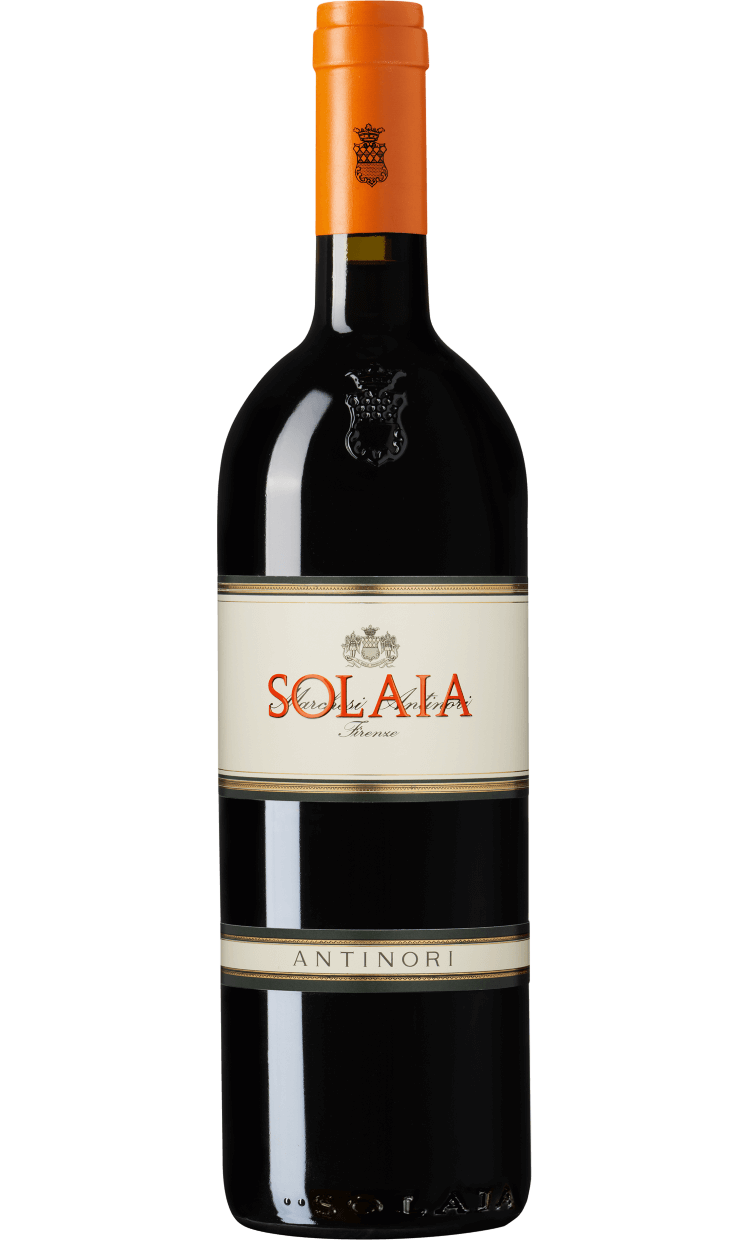
Intense ruby color. In the nose we detect intensity and aromatic abundance, with notes of ripe black fruits, mainly blueberries and blackberries, combined with balsamic hints of aromatic herbs and mint. At the same time, sweet notes of chocolate and sweets alternate with spicy notes of white pepper, which offers freshness and complexity to the bouquet. The palette is rich and displays soft and fluffy tannins, capable of creating elegance, character and a unique fruit expression. The aftertaste is intense, lasting and indicates a long possibility of aging over time.
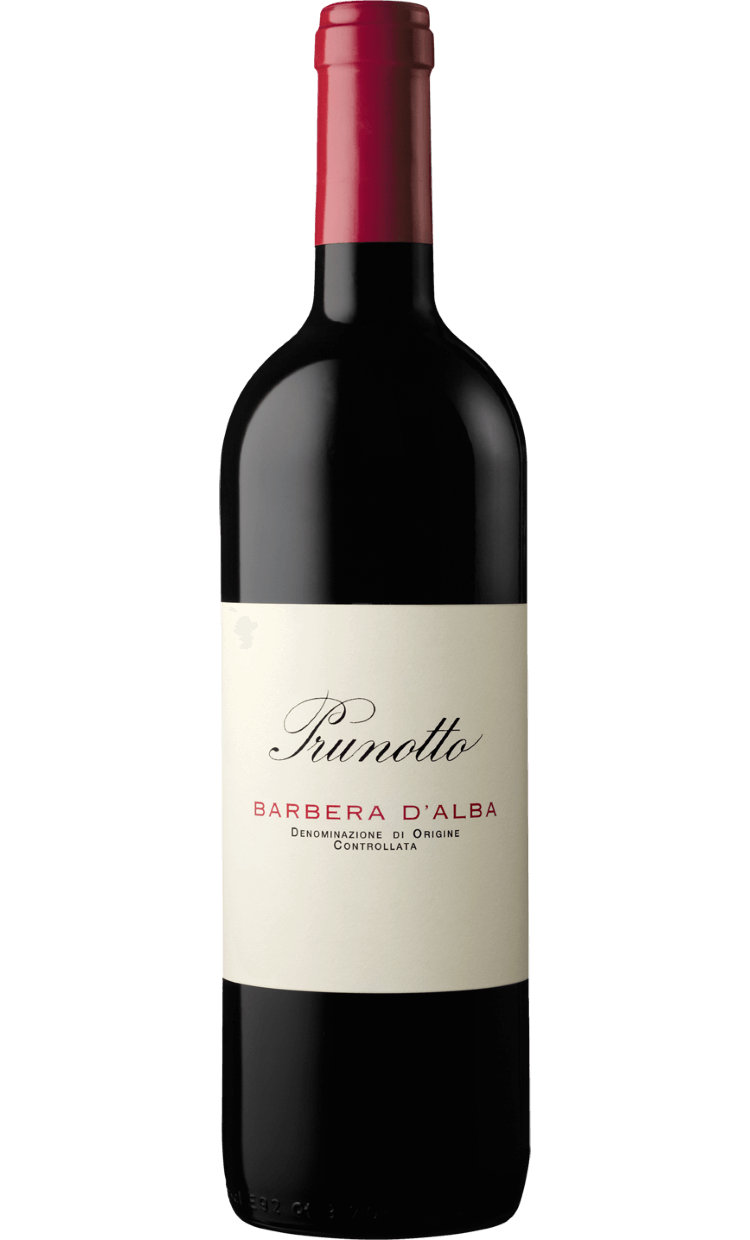
A very versatile round wine. Its color is ruby with purple highlights. On the nose we can see floral aromas of rose with spicy notes
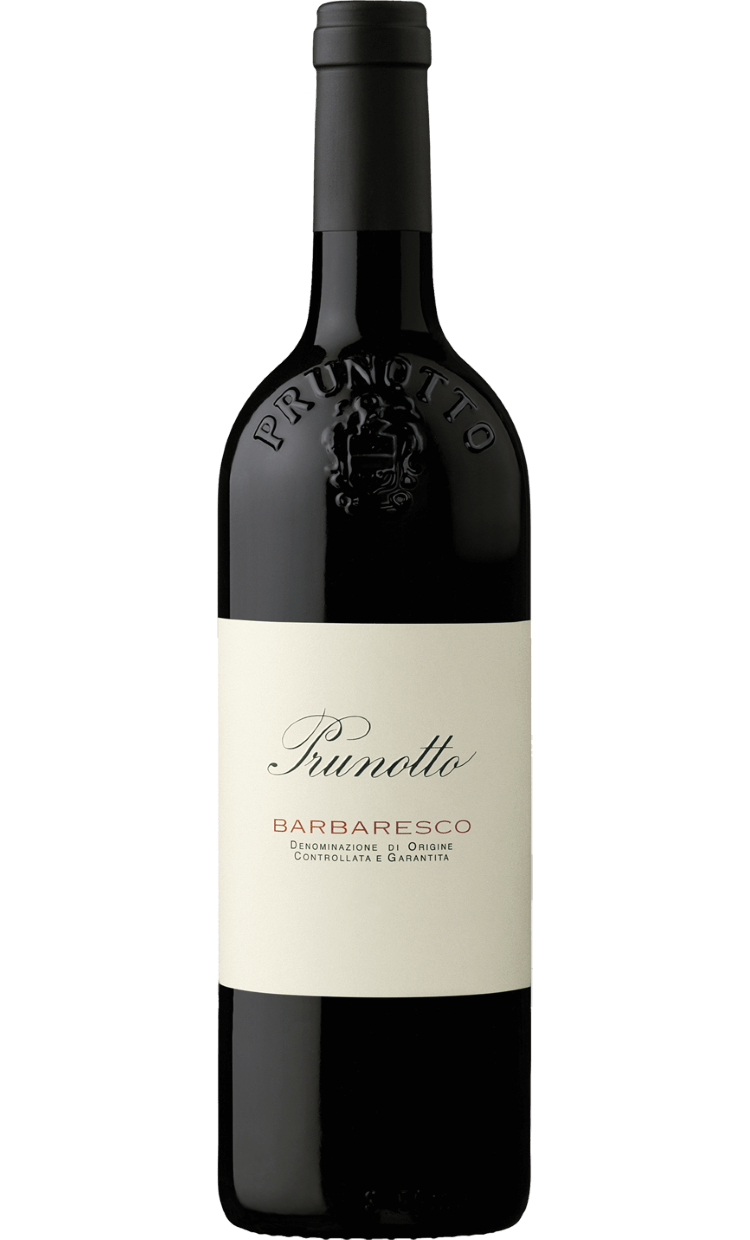
The wine comes from vineyards of Barbareco and Treiso. The soils rich in marine residues from the Tortorian period, give the wine intense minerality. The color is orange-brown with enough concentration. In the nose, subtle aromas of licorice and mature red fruits, of moderate intensity. The mouth has a rich body, cool acidity, soft tannins and long aftertaste of ripe forest fruits and spices.
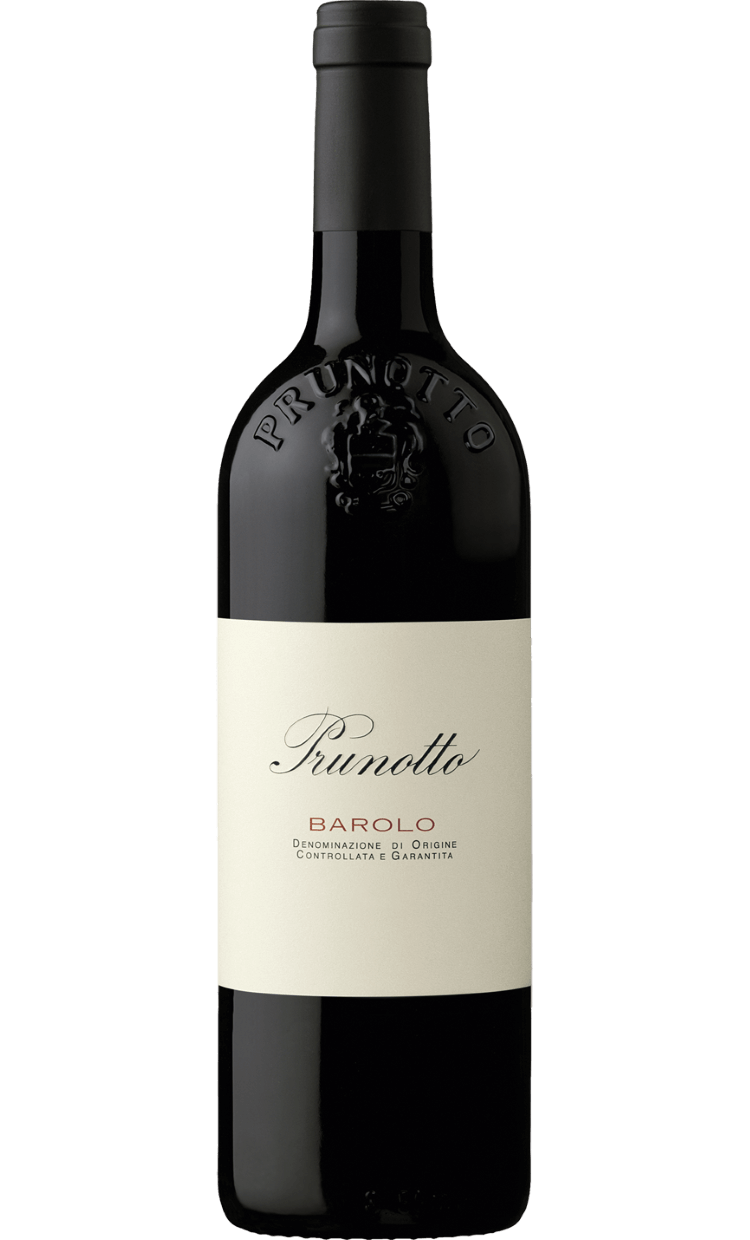
Its color is light ruby with enough brown. A complex nose with aromas of violet and forest fruits. In the mouth is quite tannic, with a rich body and a long aftertaste of forest fruits and discreet sweet spices.

Its color is medium ruby with garnet shades. Intense and complex nose with aromas of plum and sour cherry jam, cherries’ liqueur, spicy spices, mint and roasted nuts. Dry mouth, exuberant, full body, with many but velvety tannins and a long aftertaste of ripe fruit and black olive
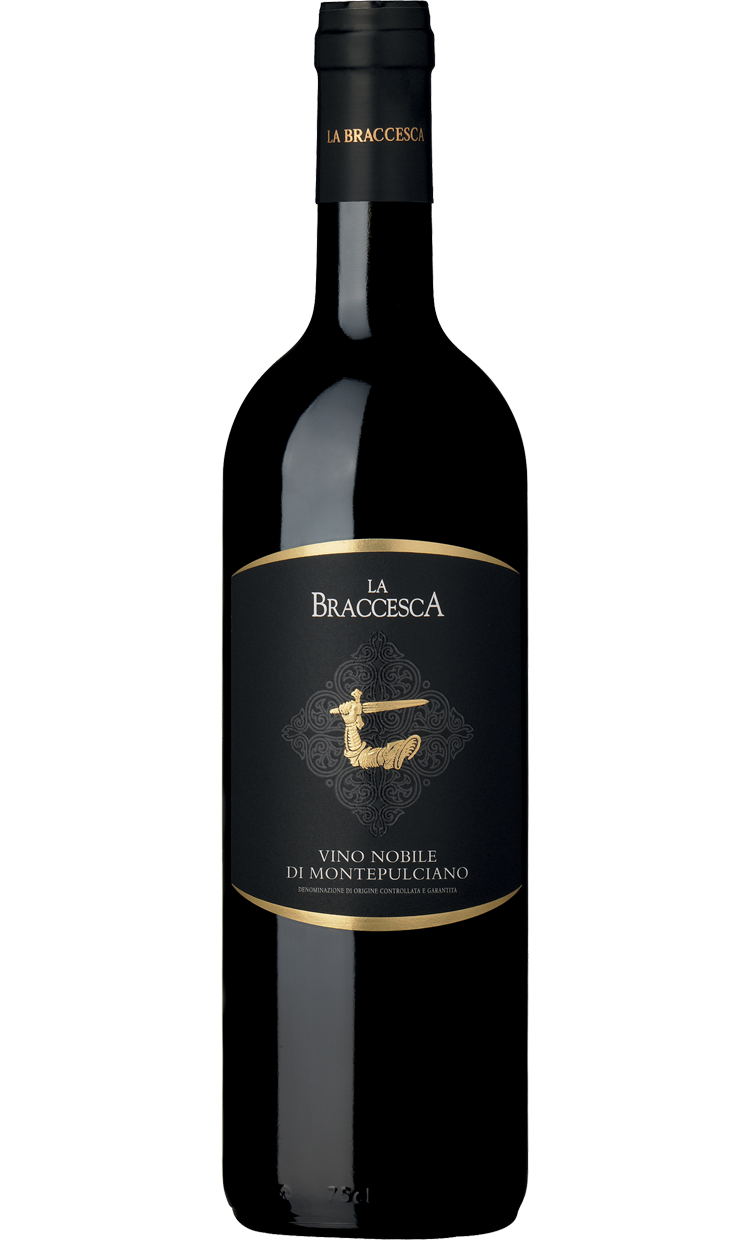
A wine with an intense ruby color. On the nose there are aromas of fresh red fruits, with pleasant hints of vanilla. In the mouth is well balanced, pleasant, with silky tannins, enjoyable freshness, and characteristic great aftertaste.
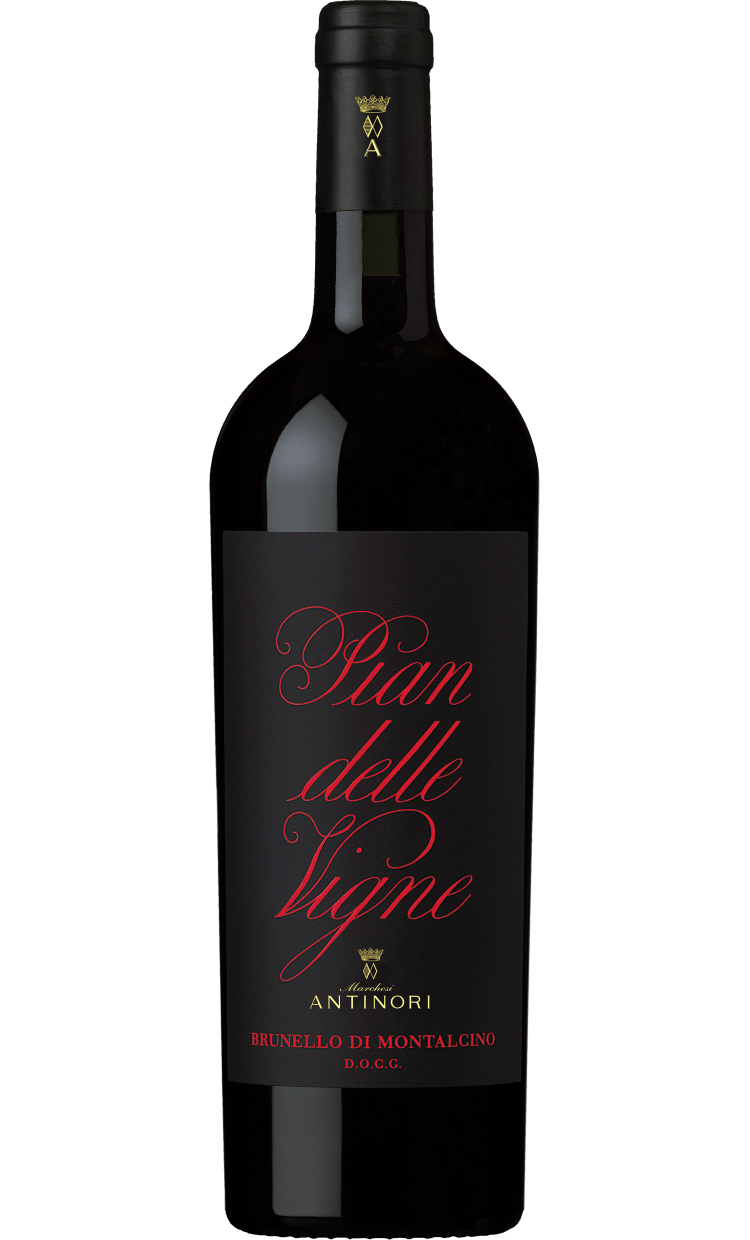
The Pian delle Vigne estate is located six kilometers south of Montalcino, above the valley of river Orcia. Its color is deep ruby and, in the nose, it has aromas of ripe red fruits, vanilla and chocolate. In the mouth is exuberant, with a rich body, mature tannins and an aftertaste of ripe fruits and sweet spices.
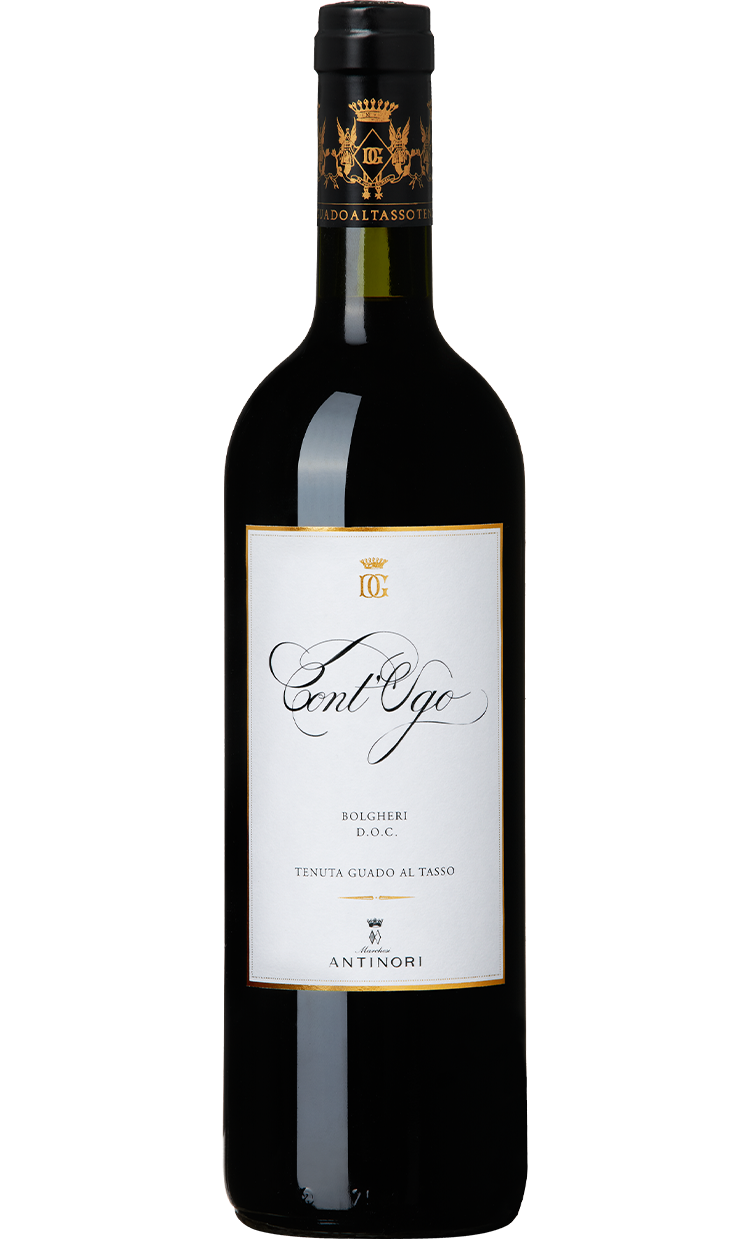
The nose is fascinating with pleasant aromas of Mediterranean herbs, sweet spices, and sweet cherry. In the mouth there are velvety tannins, which are beautifully preserved, giving an intense acidity that allows freshness and a pleasant feeling to the palate. It is characterized by its extremely long-lasting aftertaste.
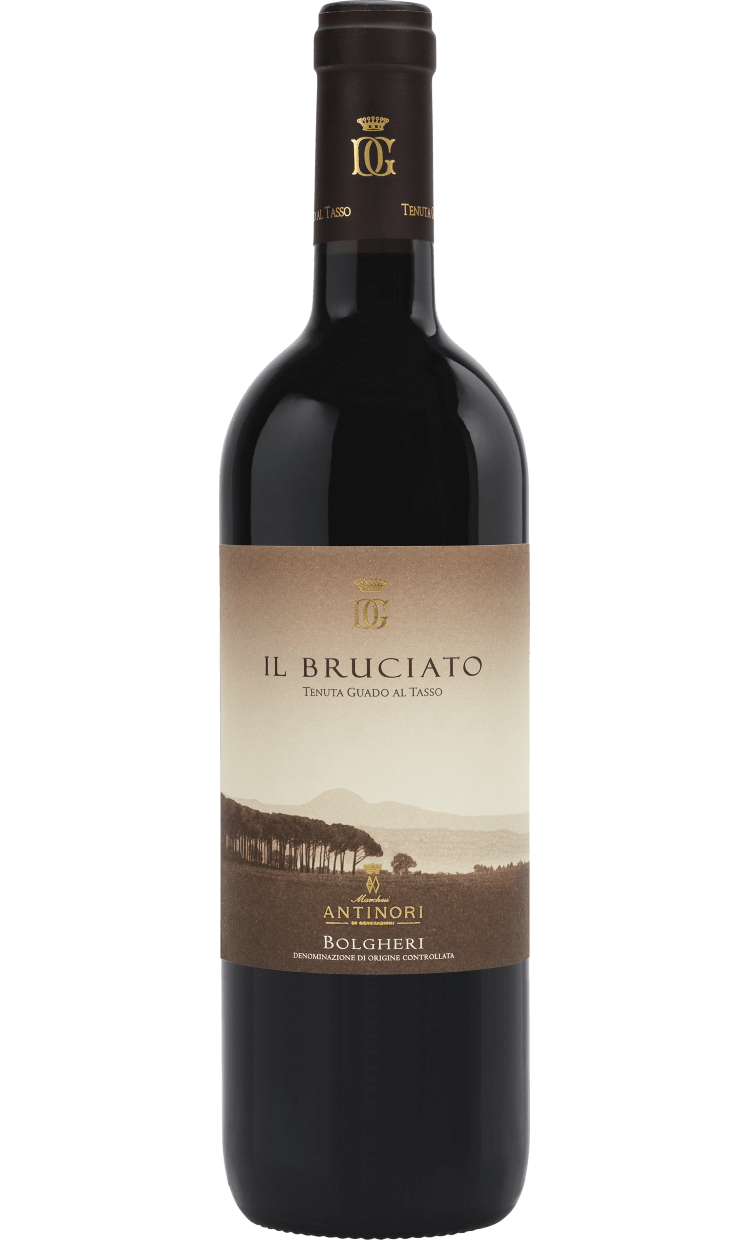
Intense ruby color. In the nose there are notes of red and black berries that give a concentration of aromas to the wine. Sweet spices and a note of licorice, come to complete the aromatic bouquet. The palette has a good structure and persistent character, resulting in a pleasant and fruity aftertaste.
The first vinification took place in 2002, one of the most difficult harvests for the region, and was created to showcase the modern style of Bolgheri's unique terroir.

